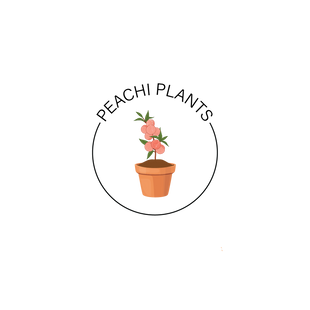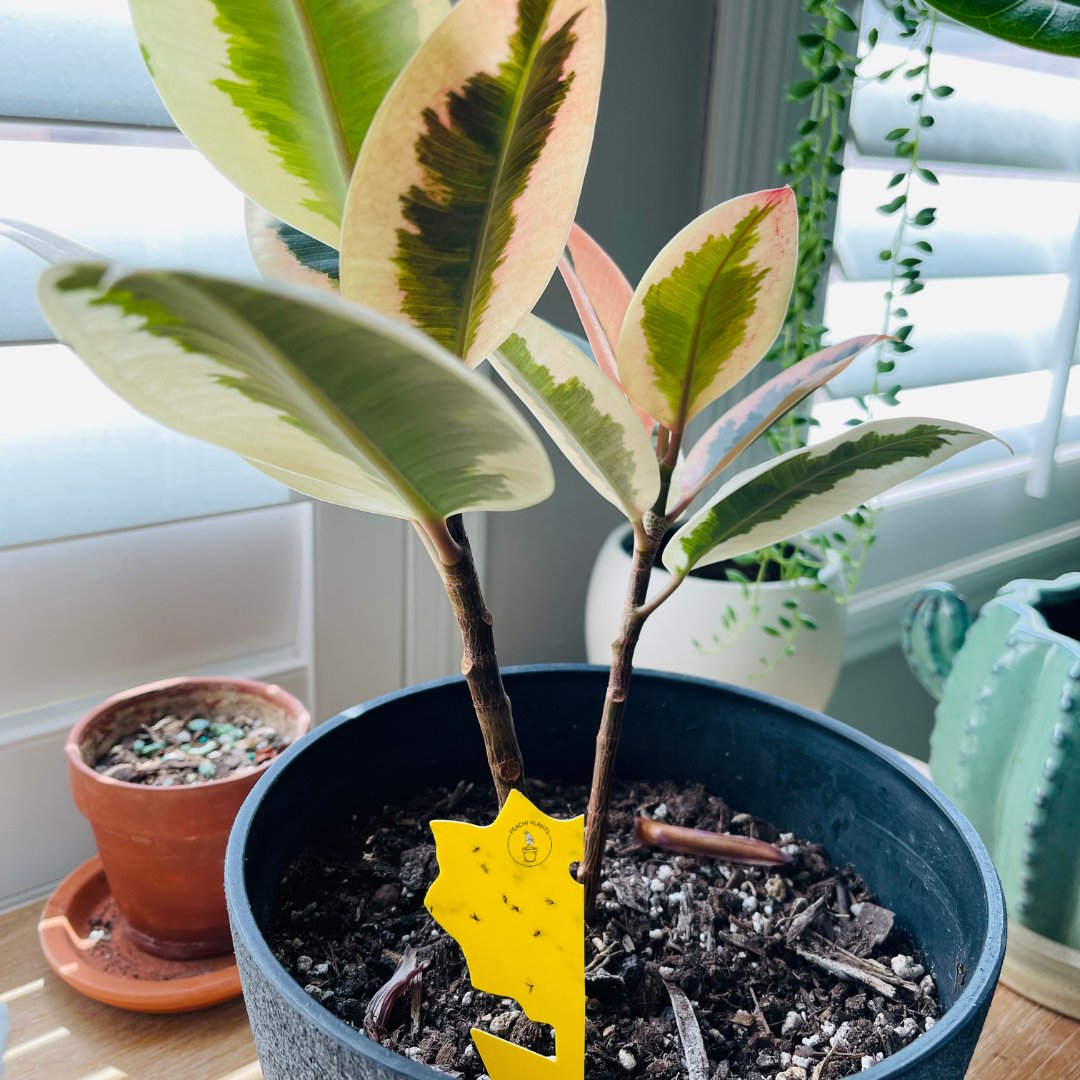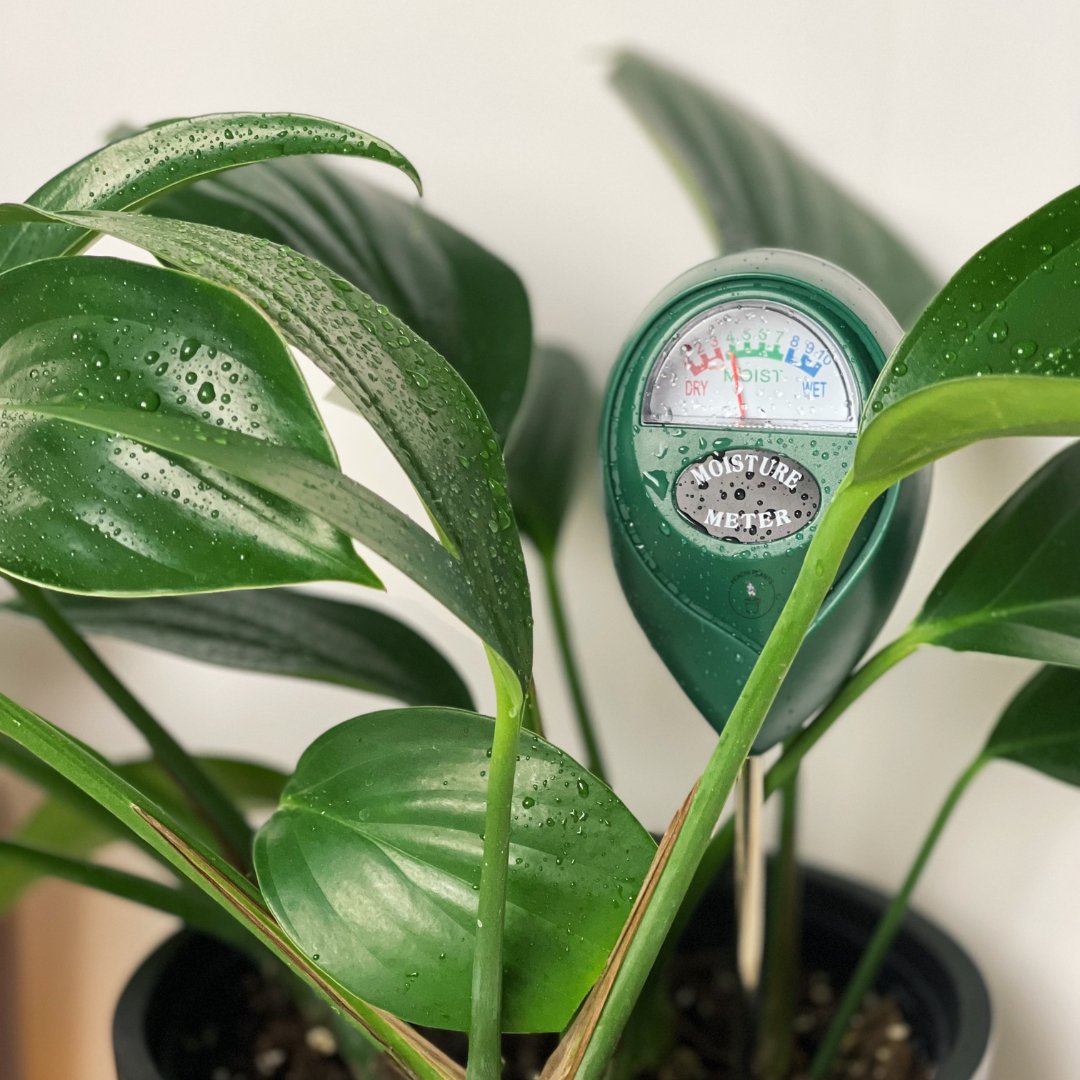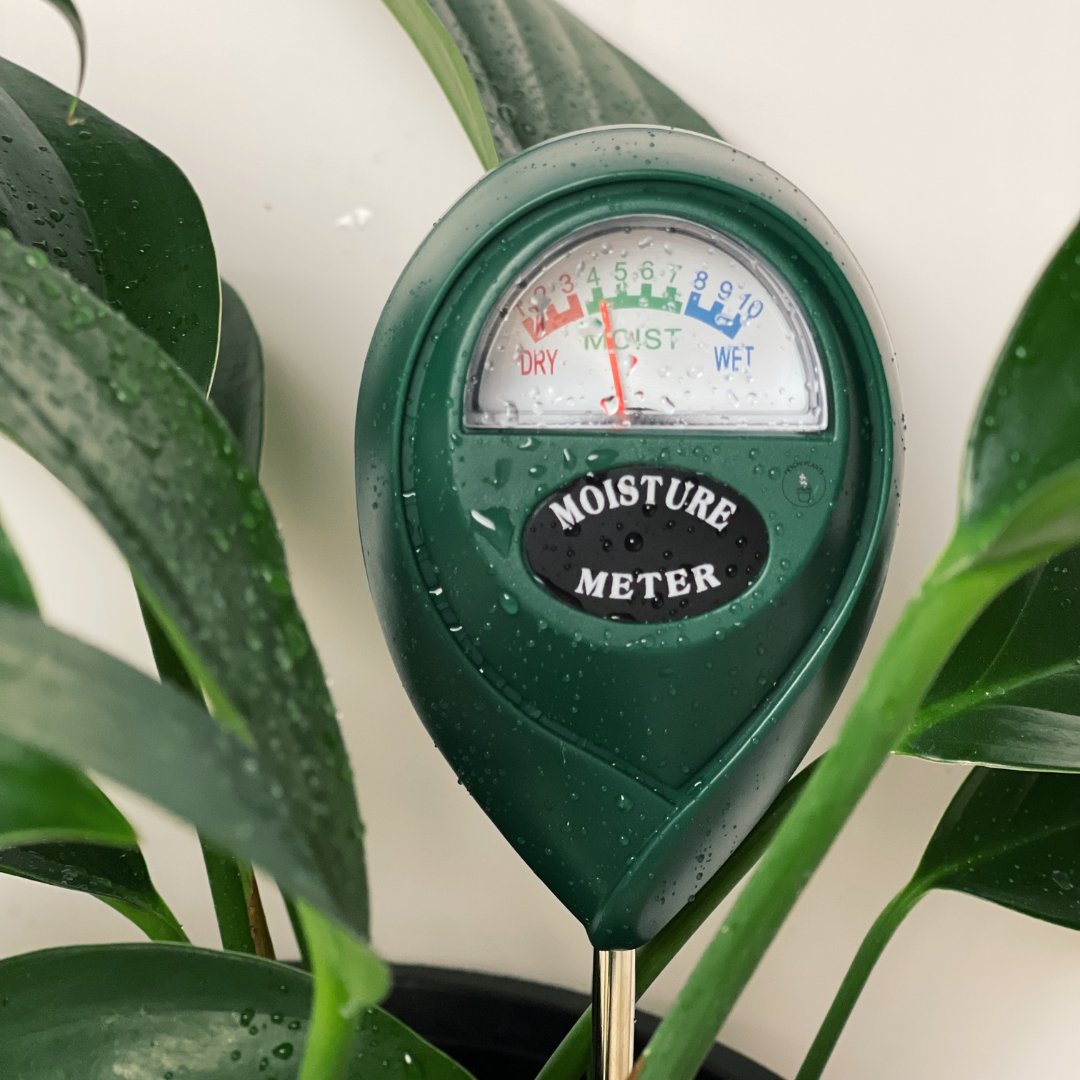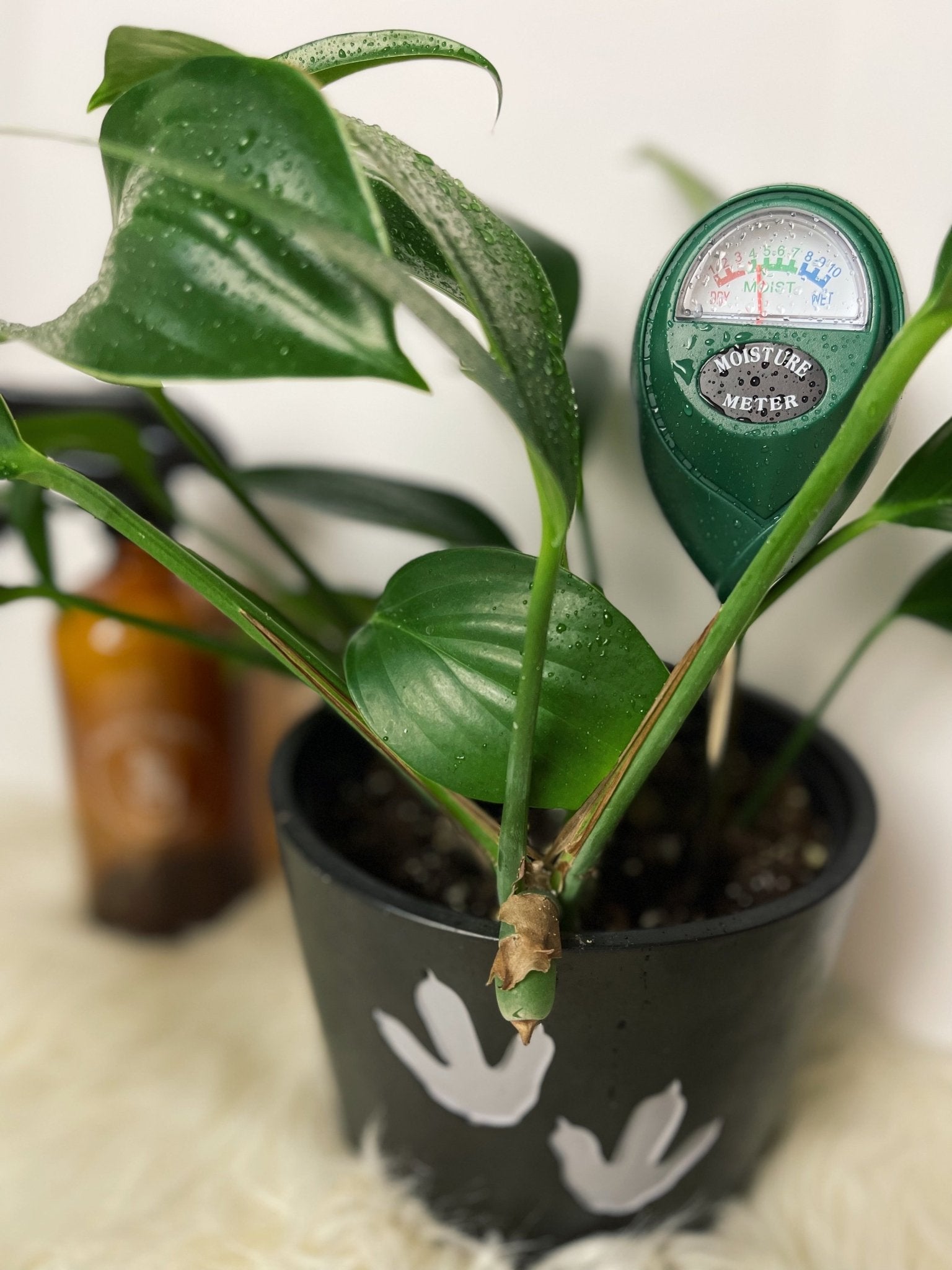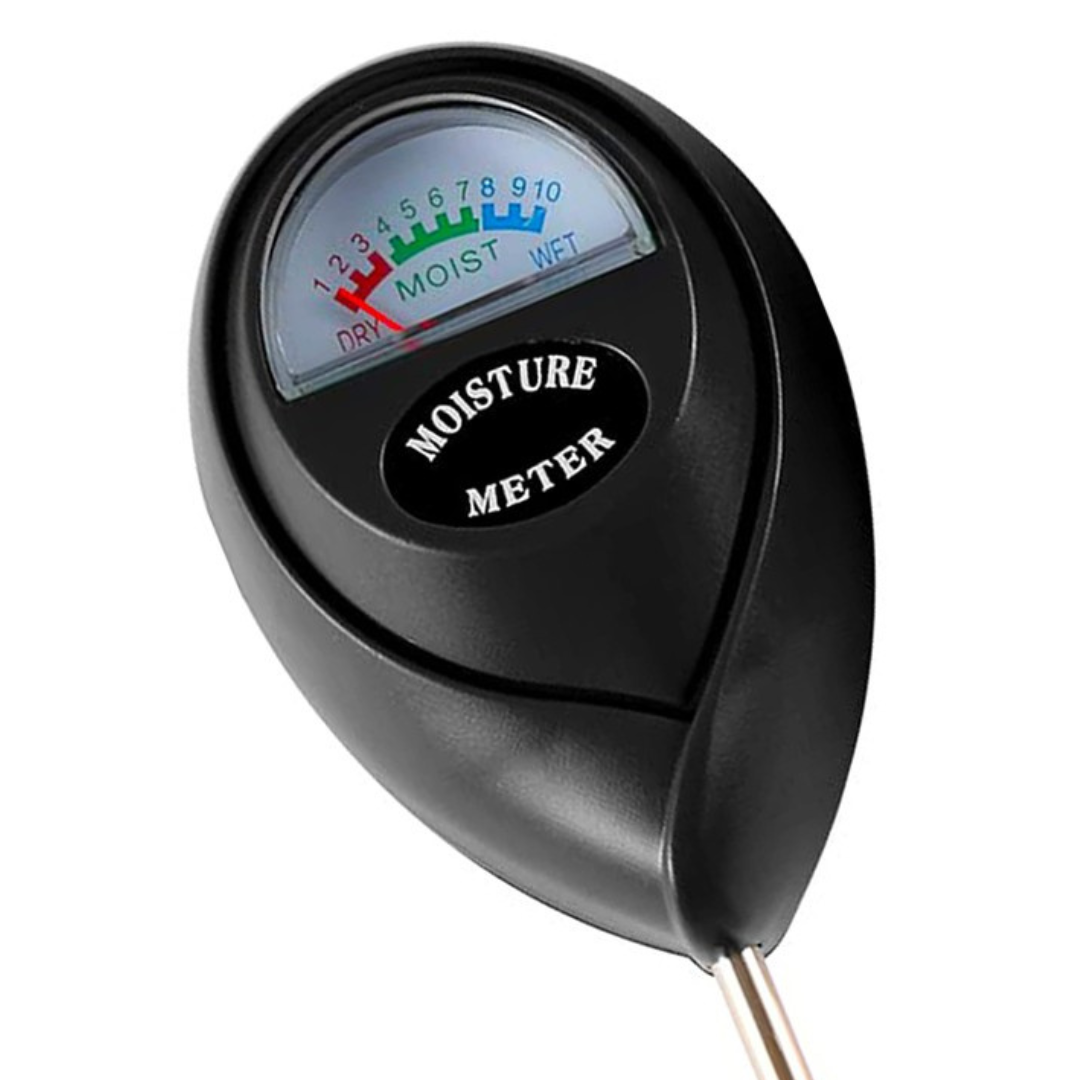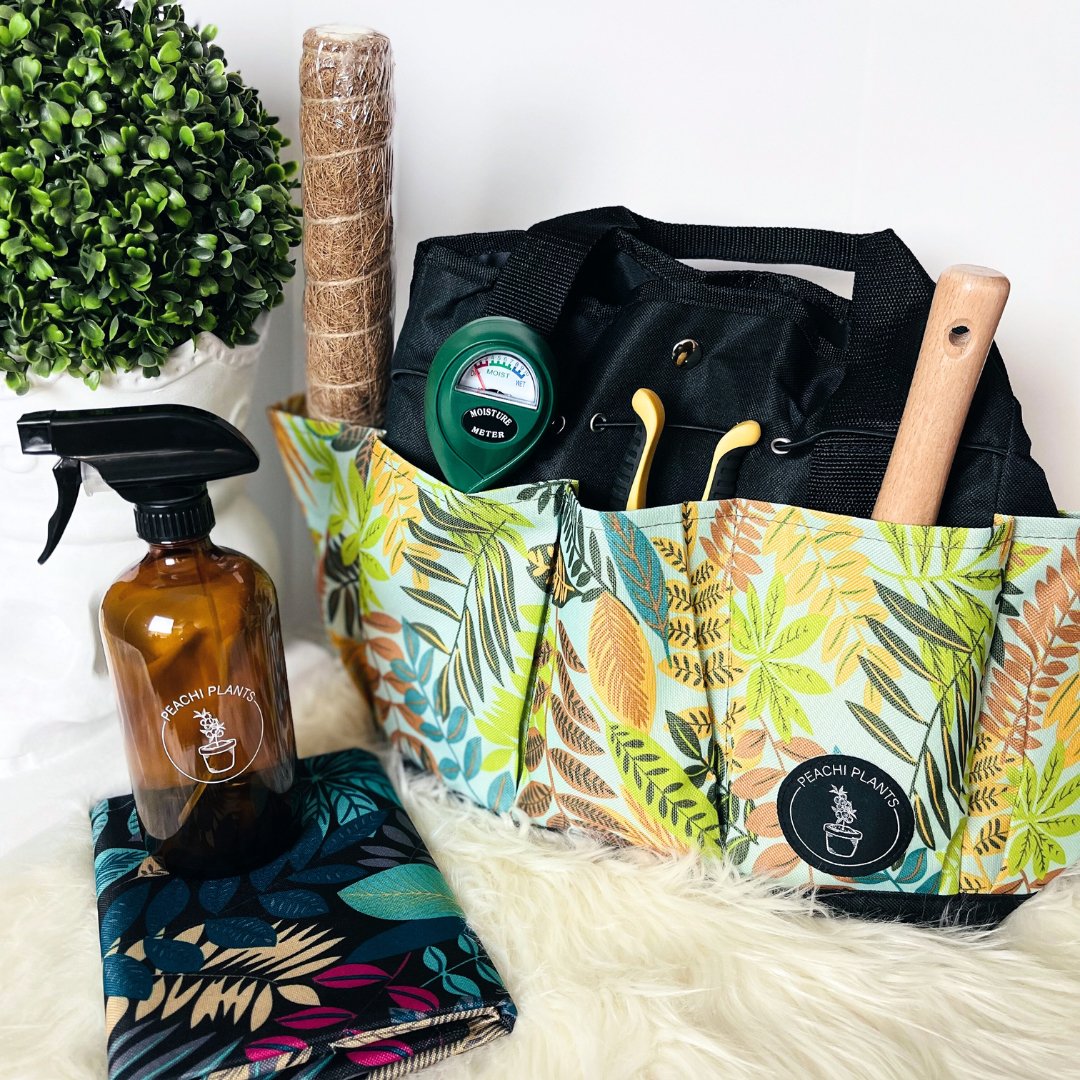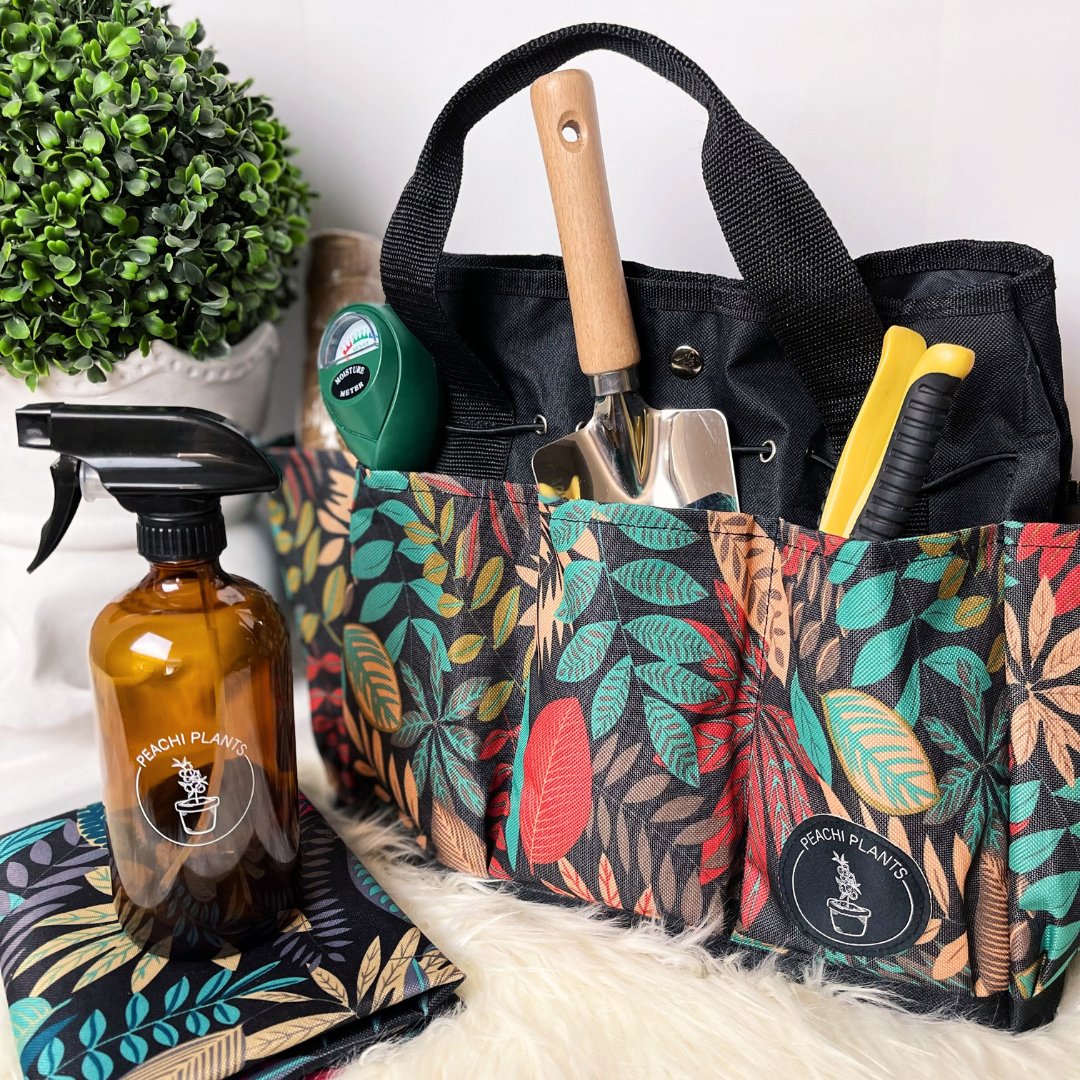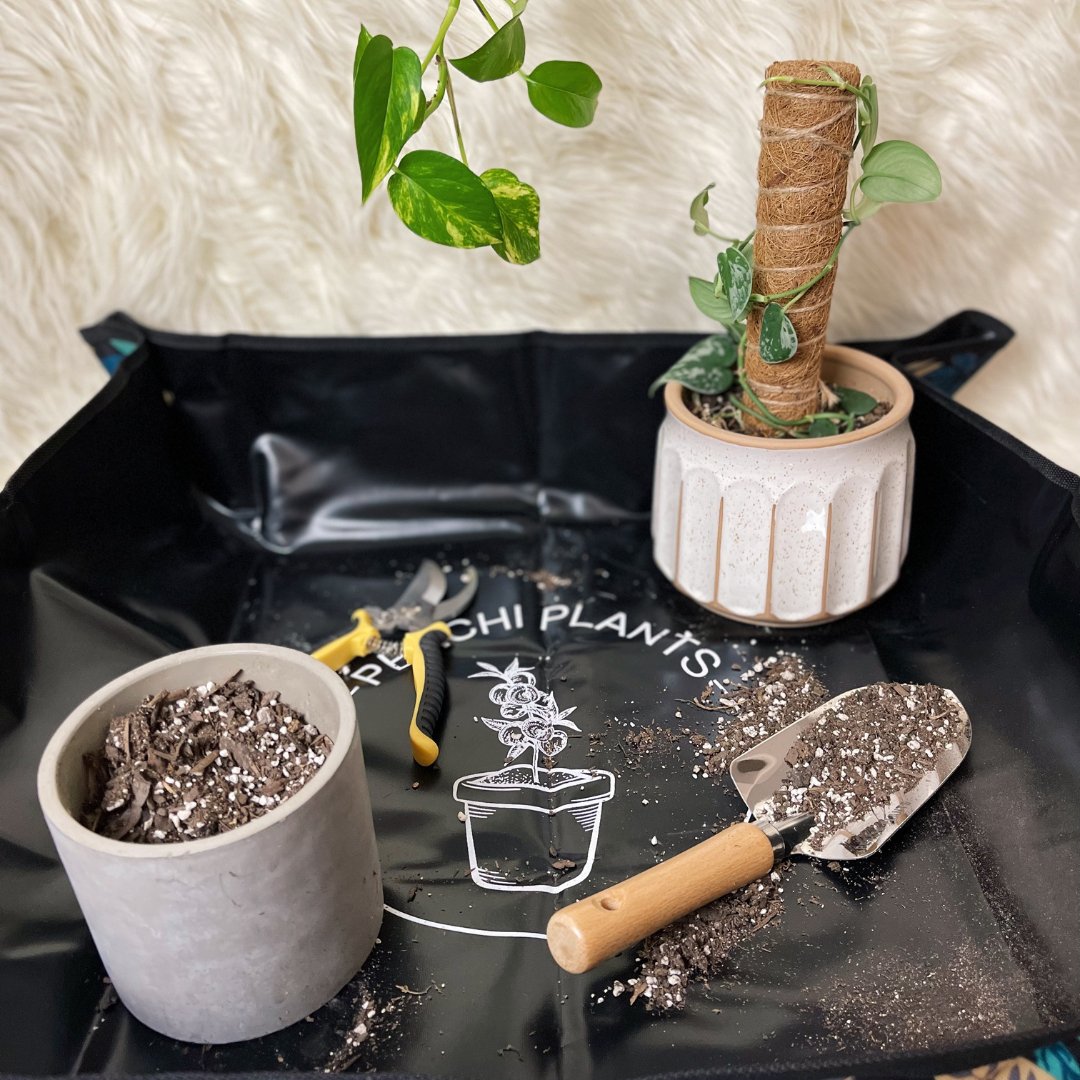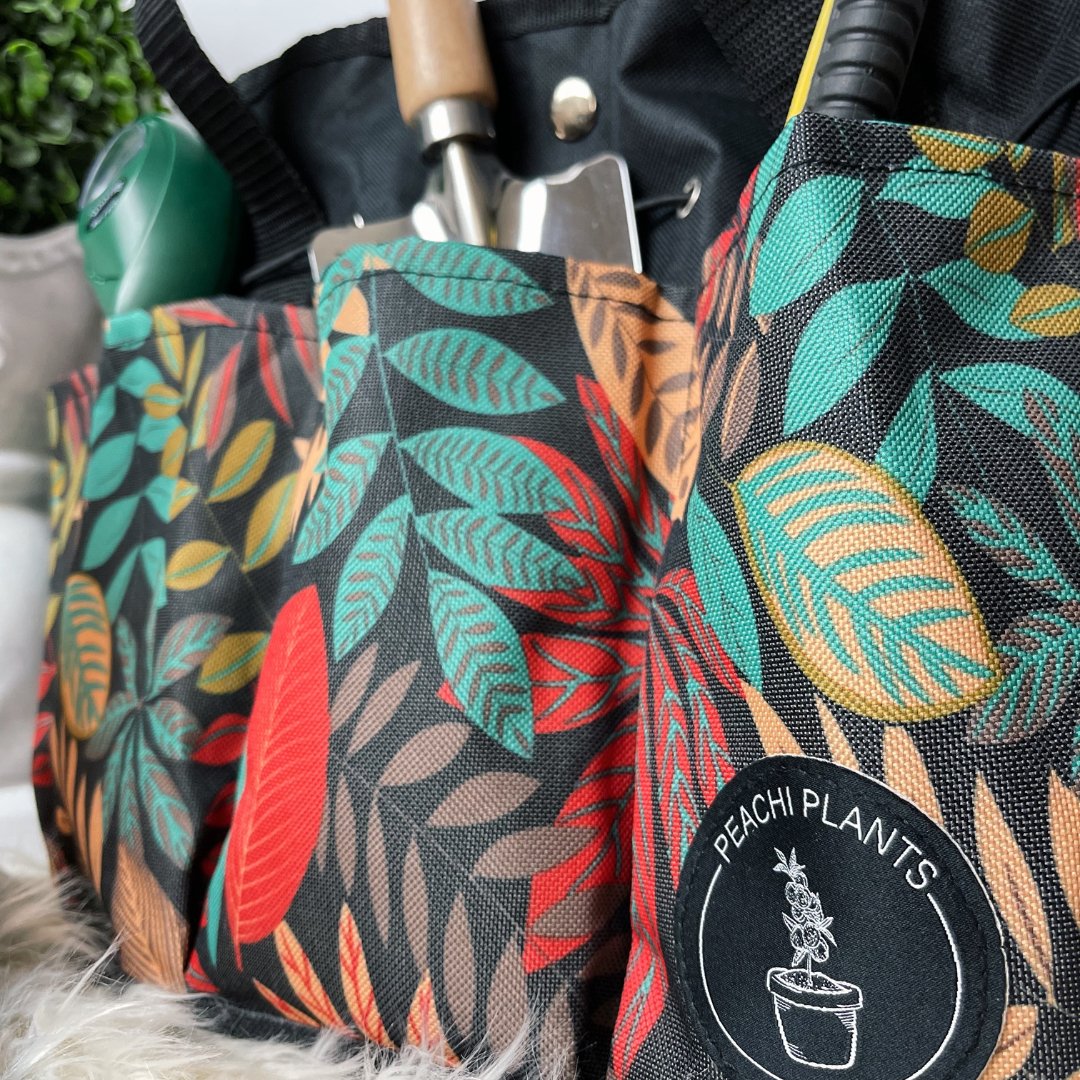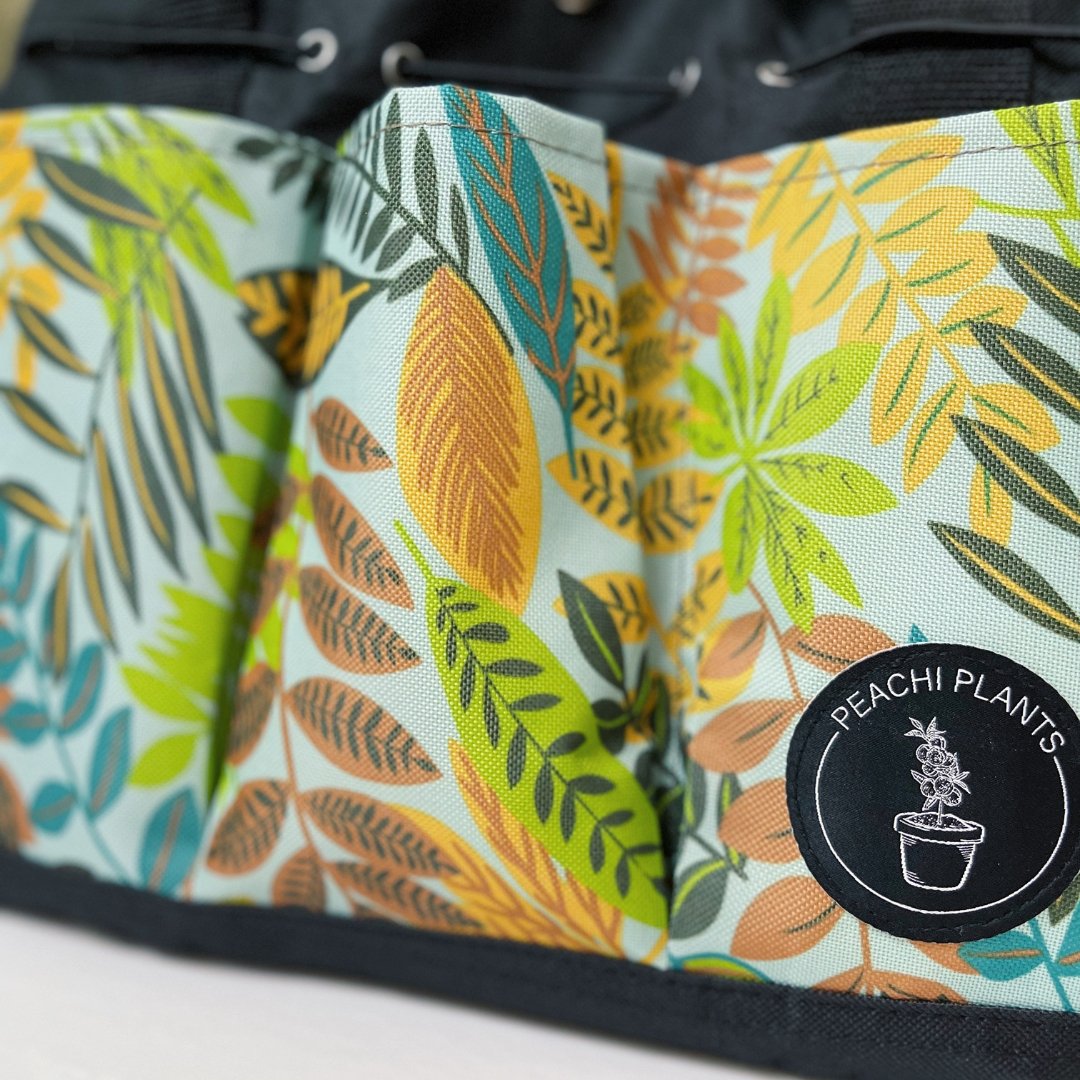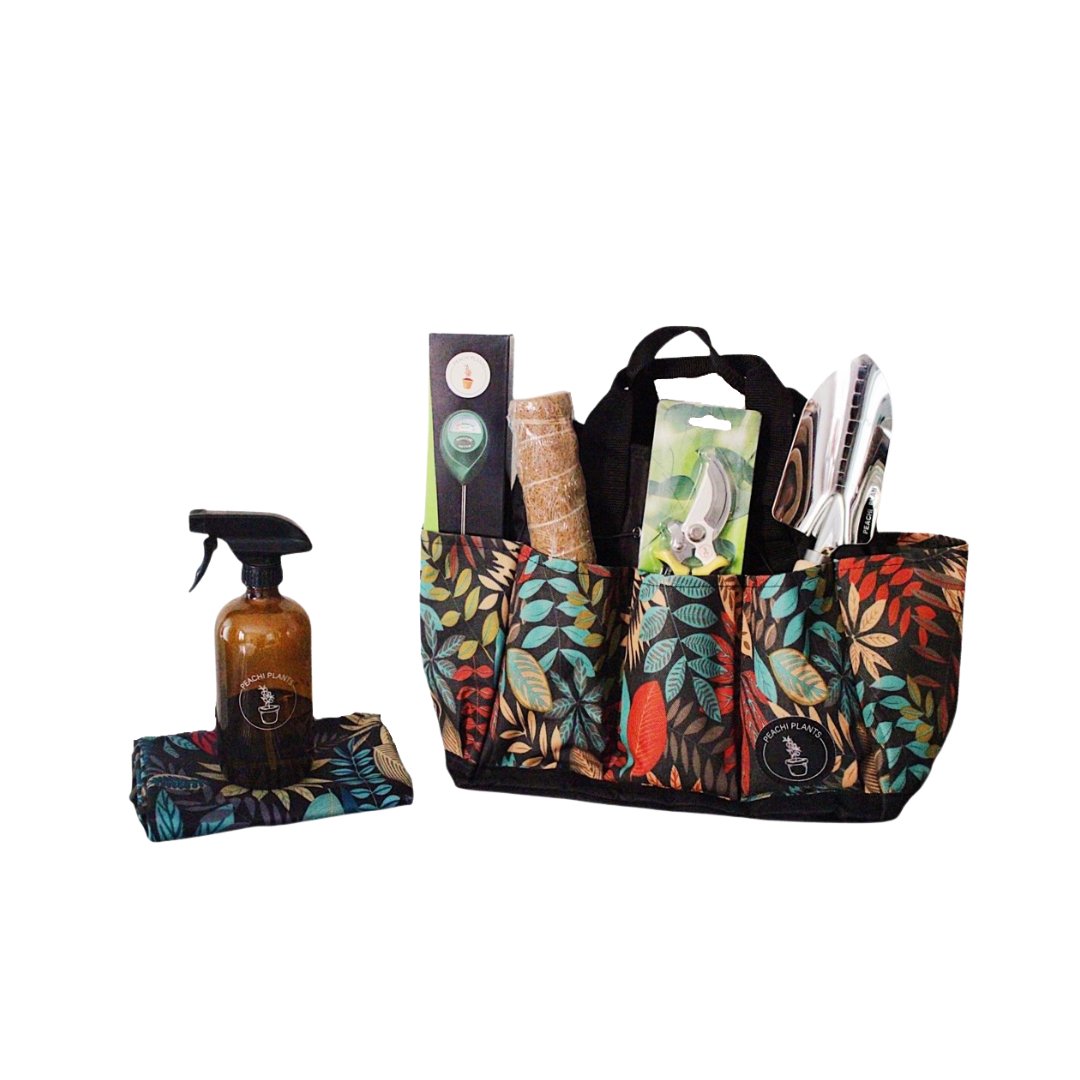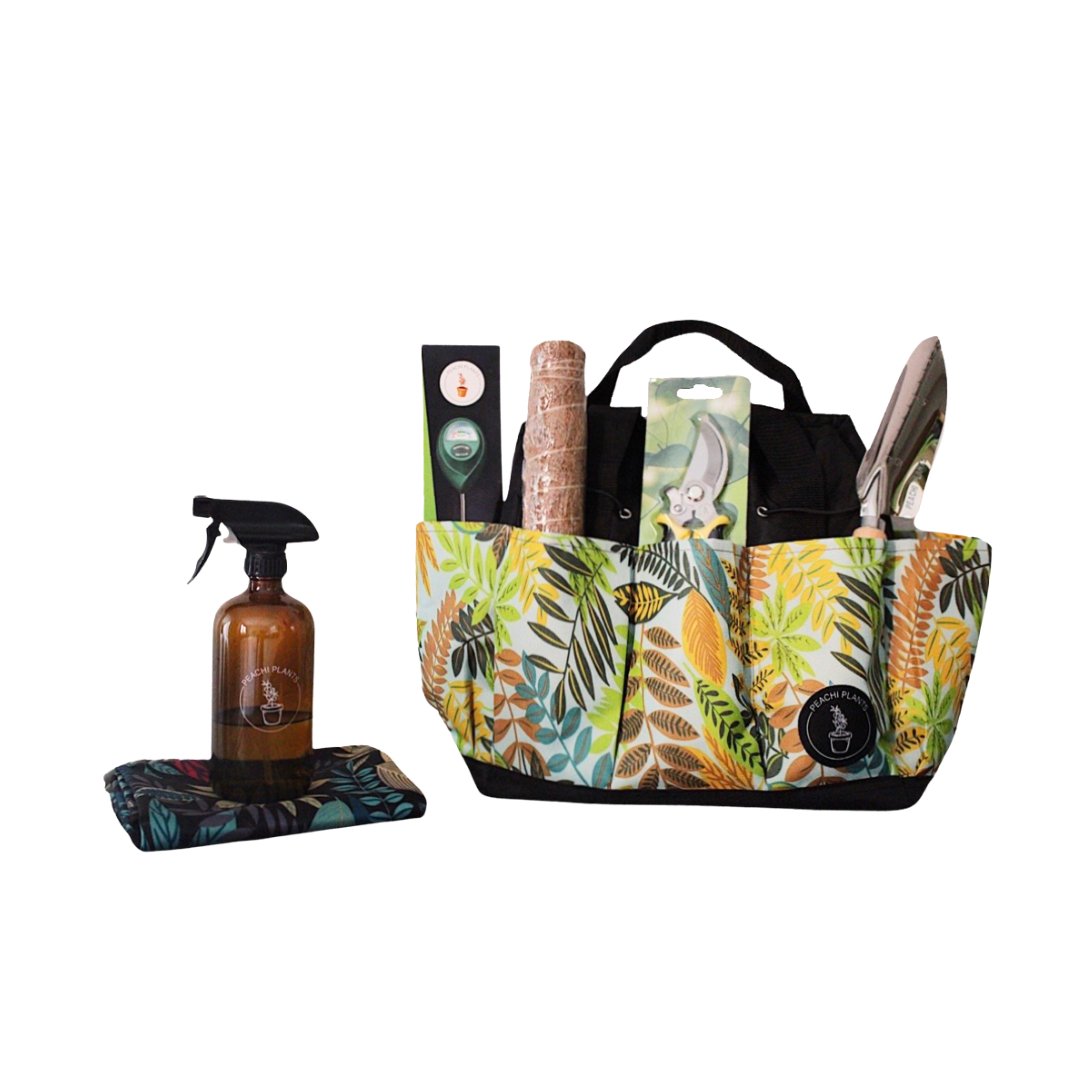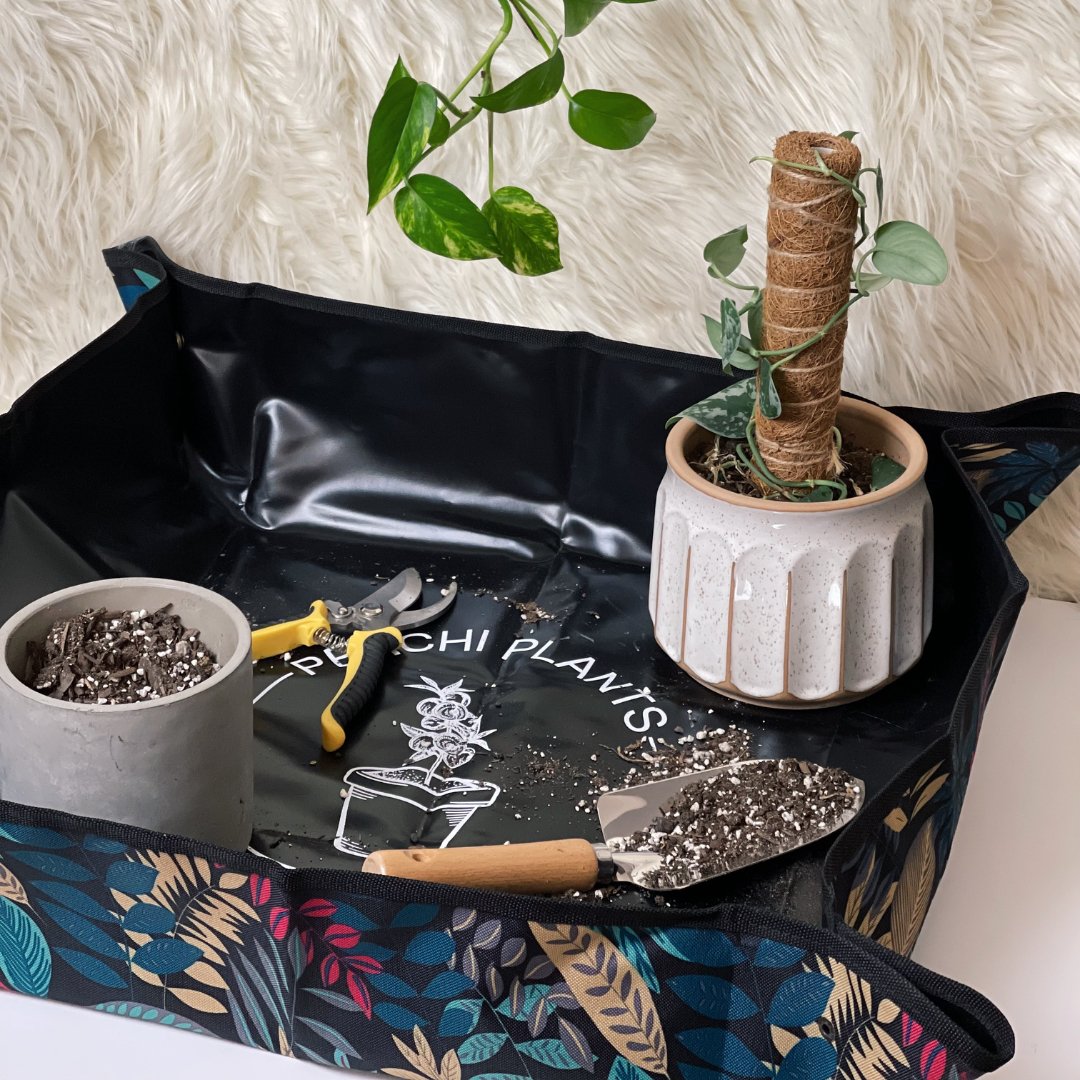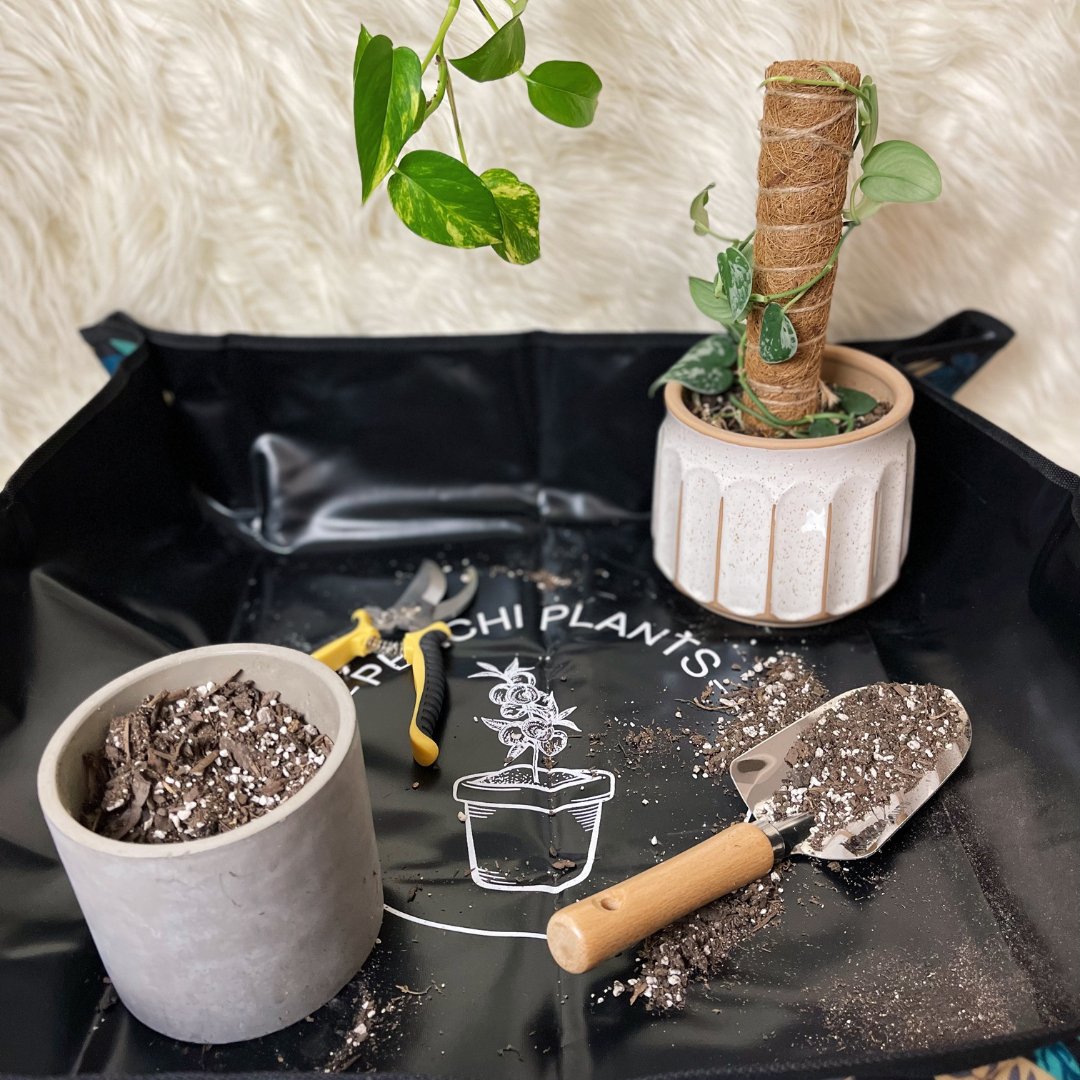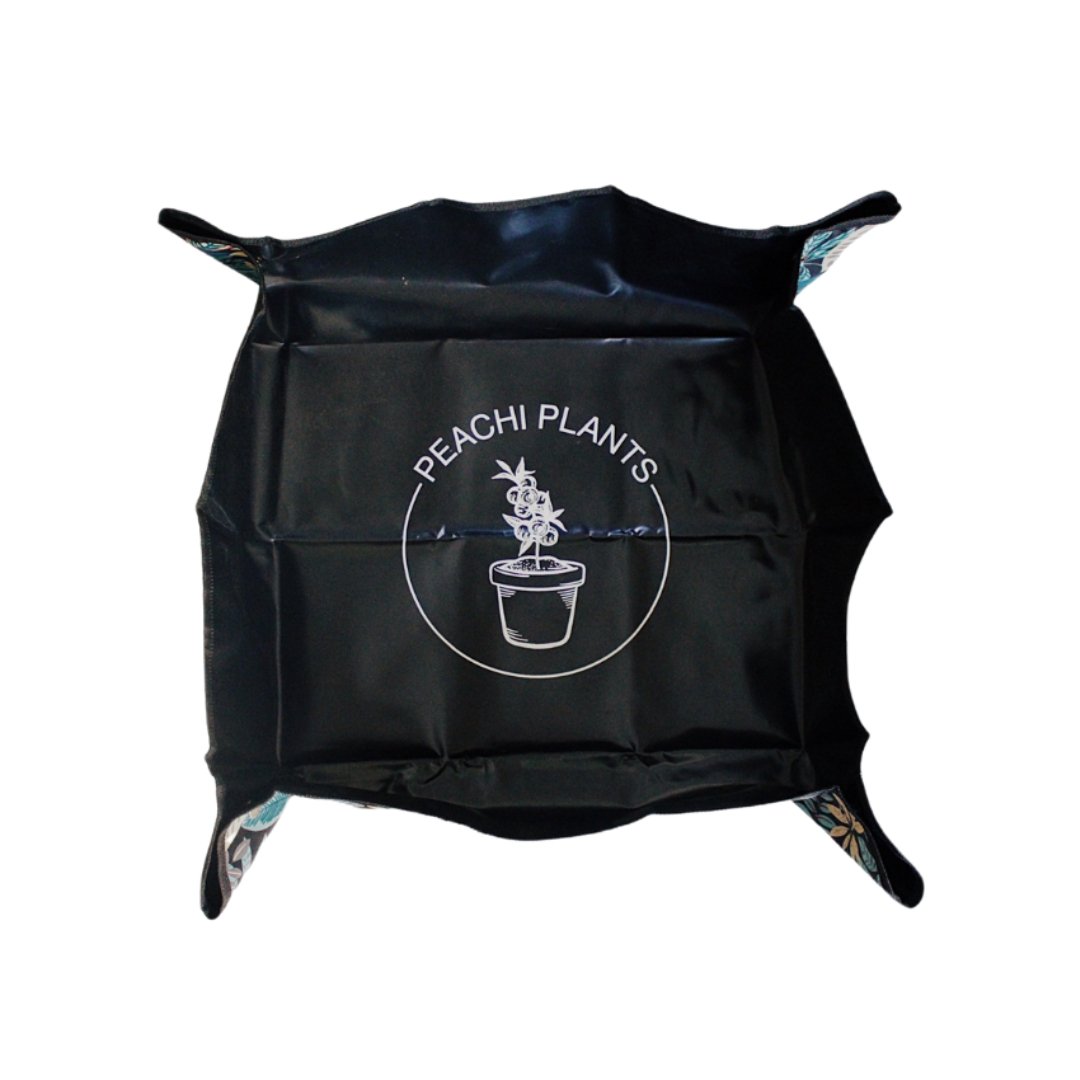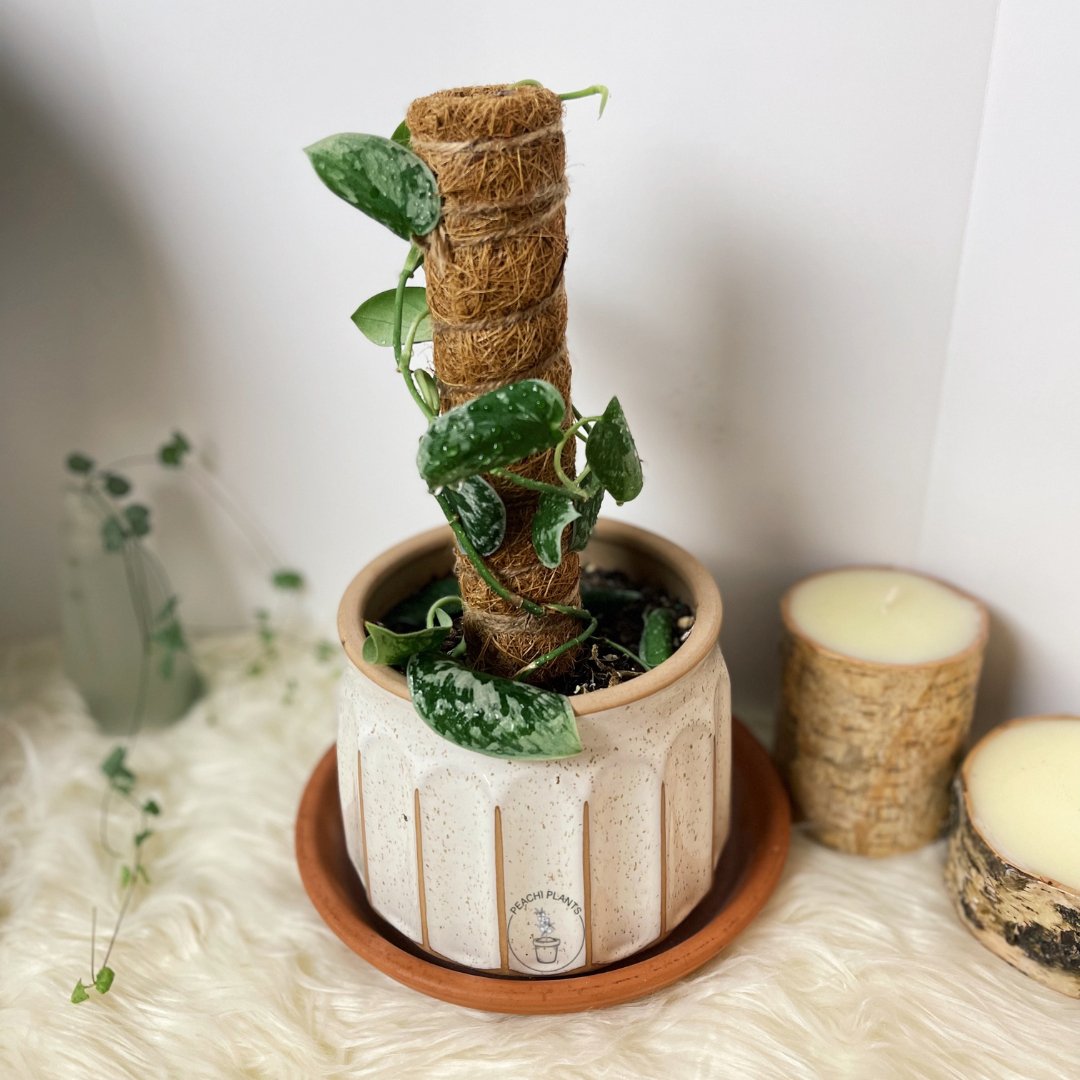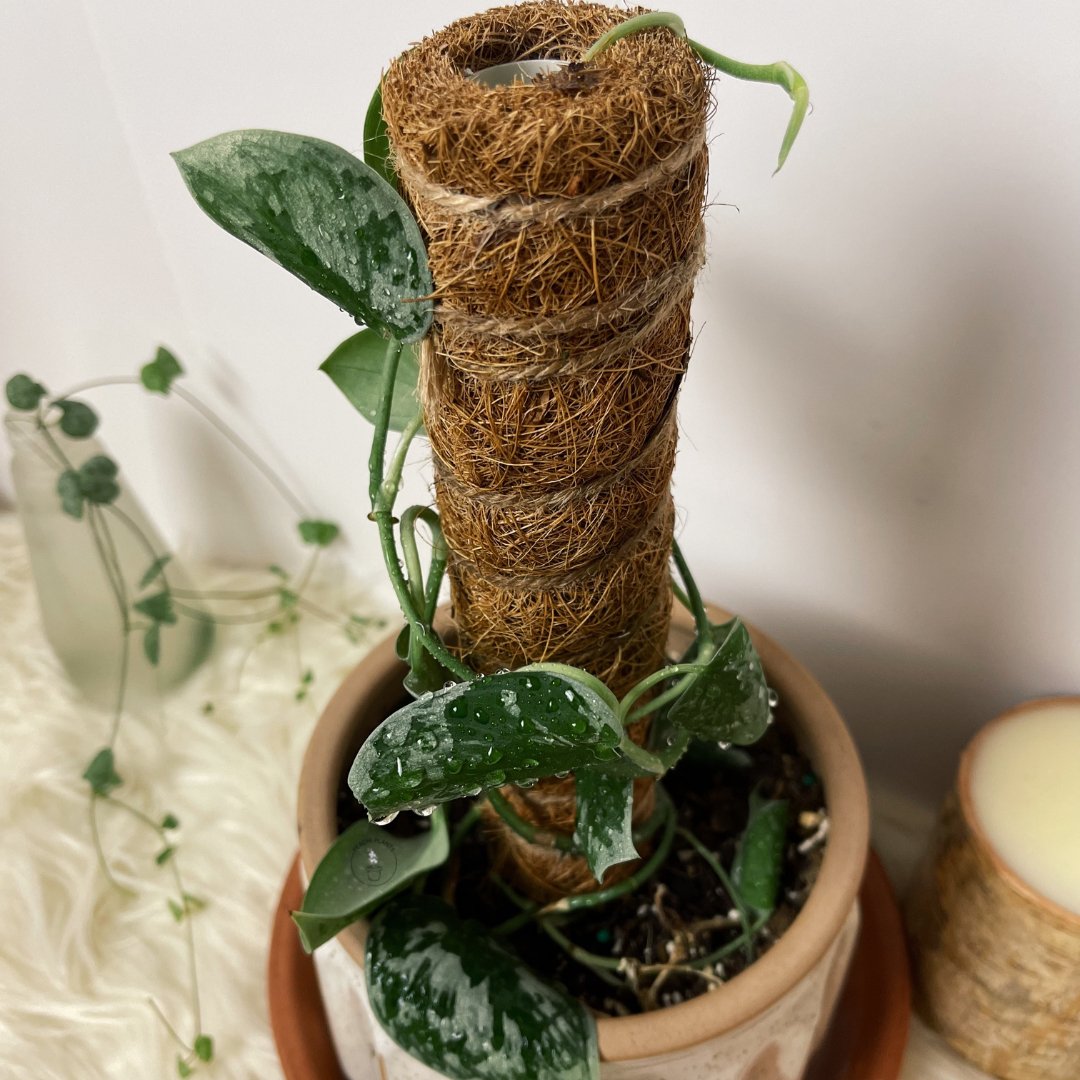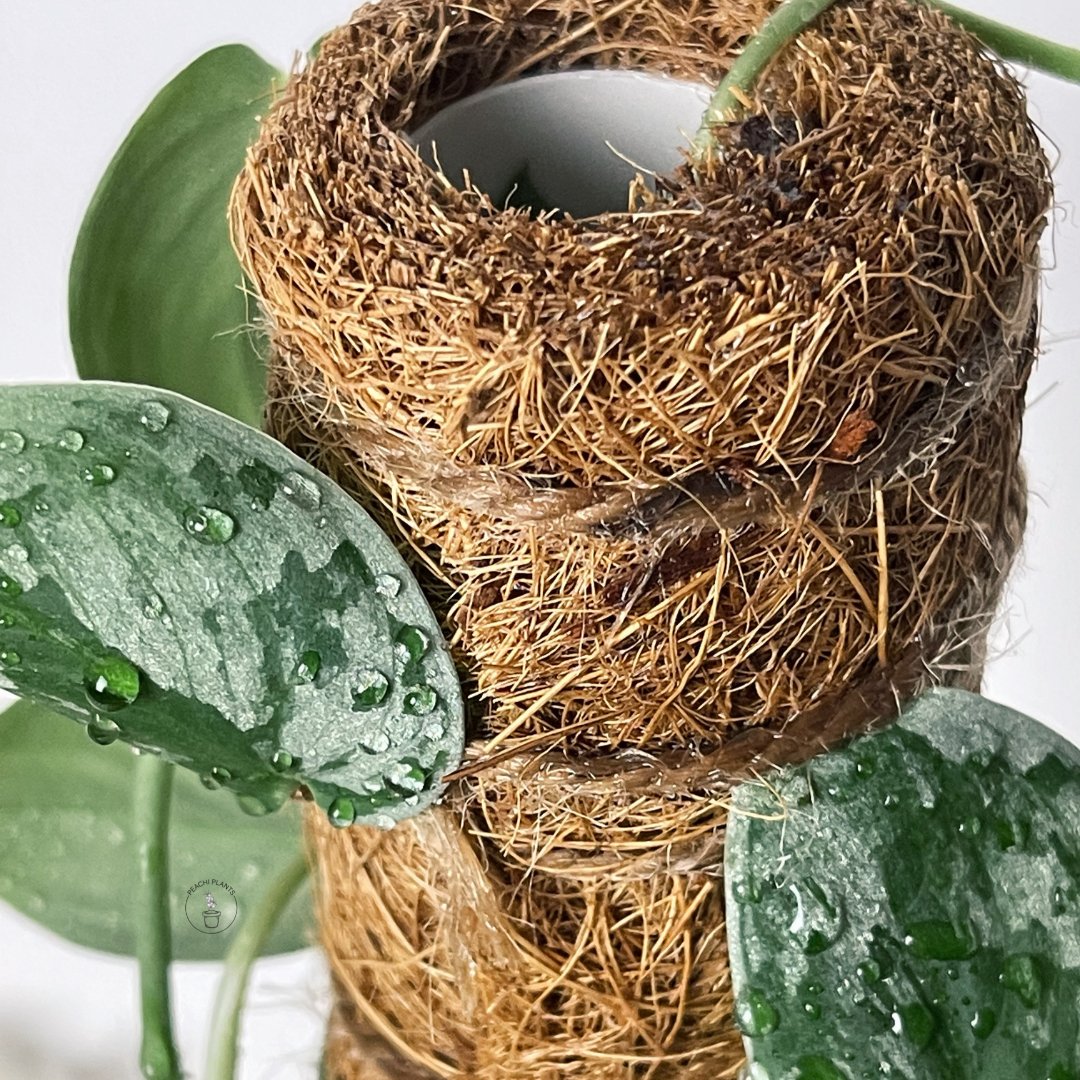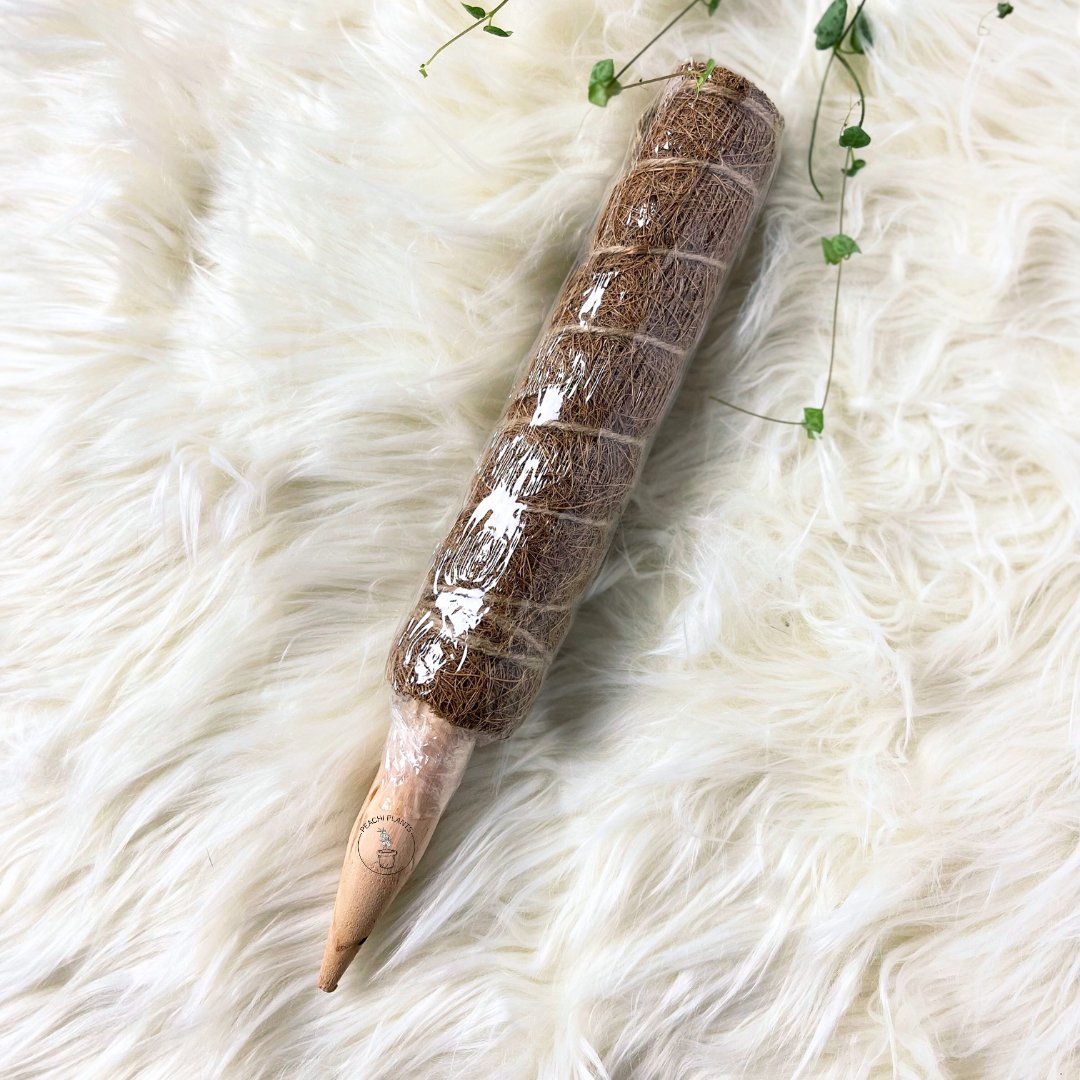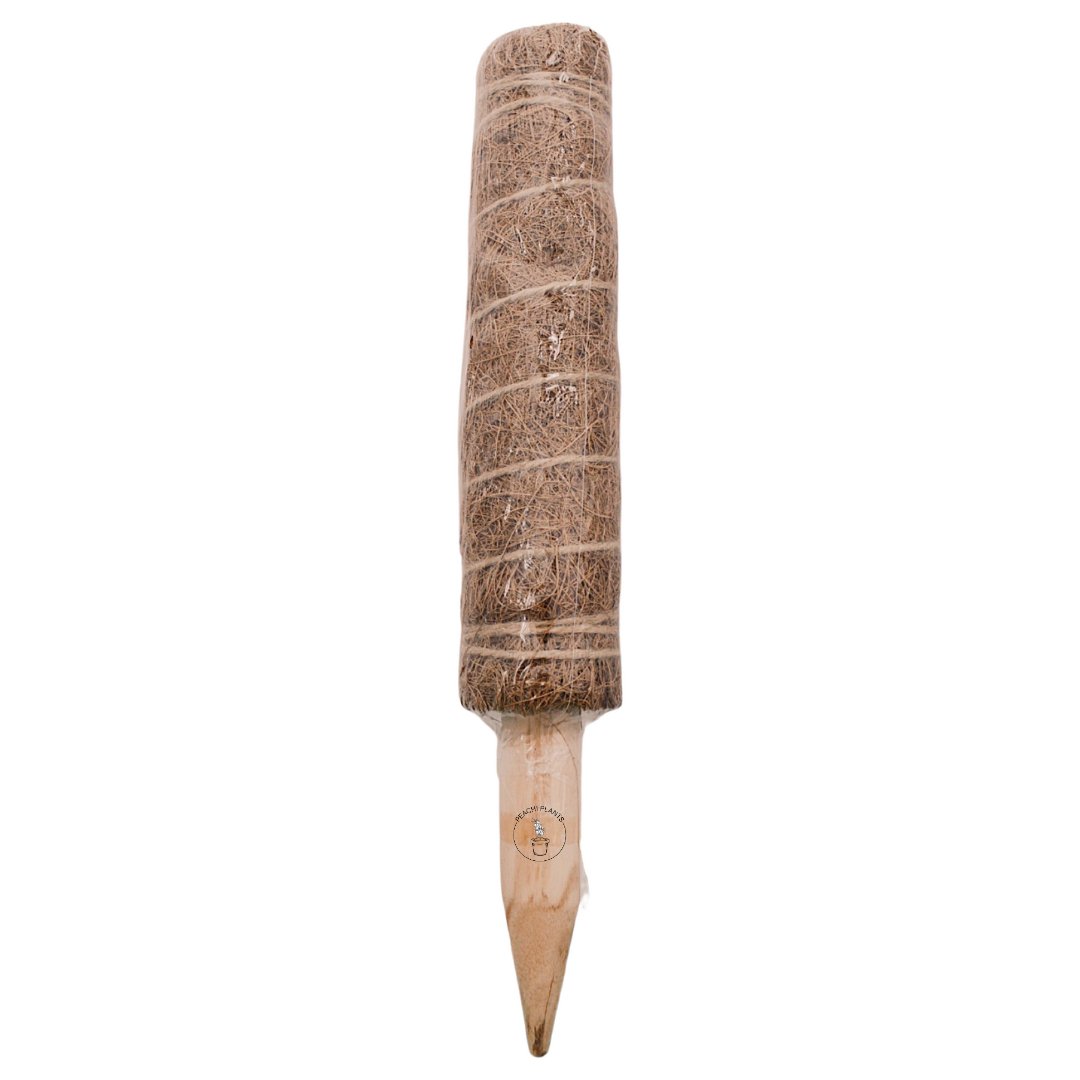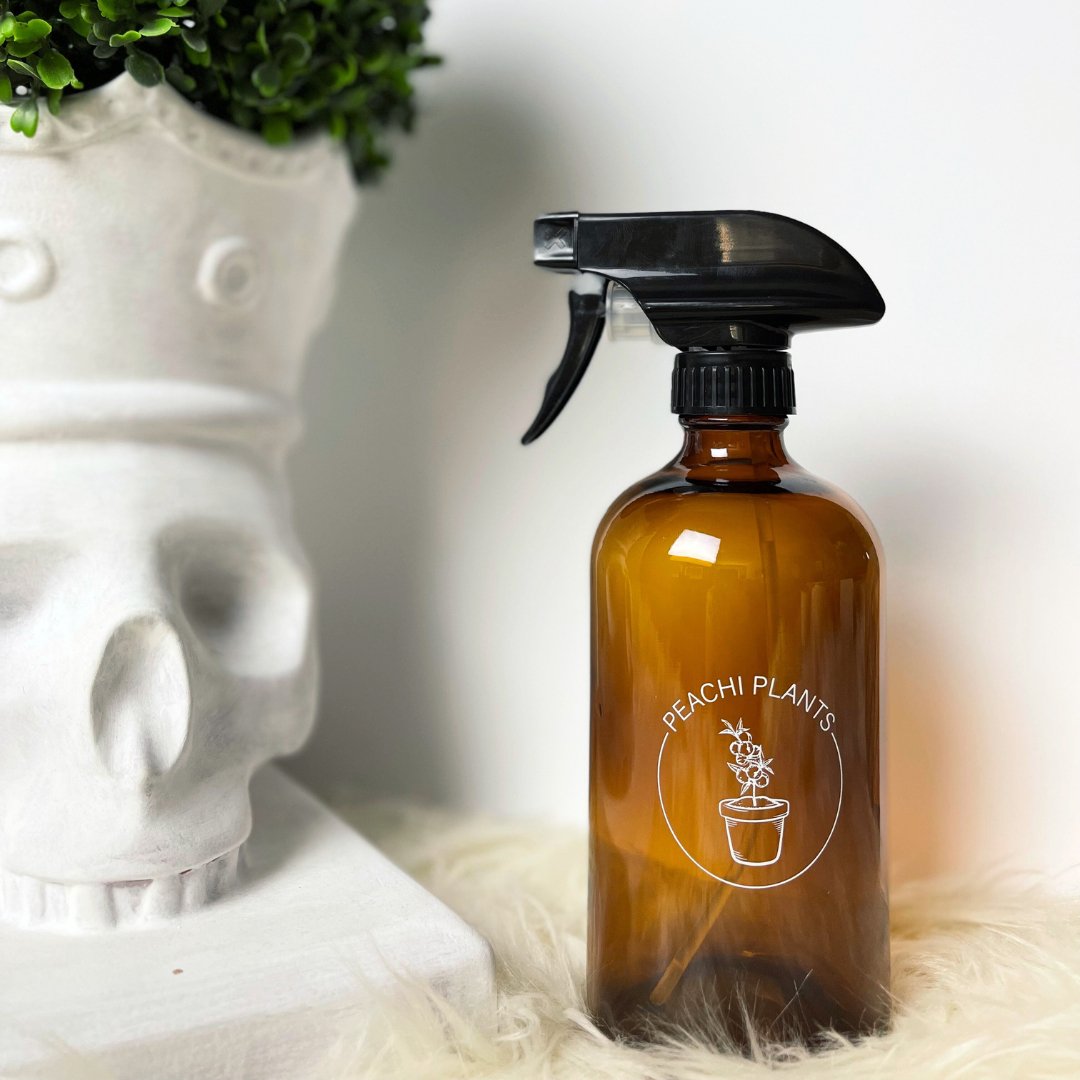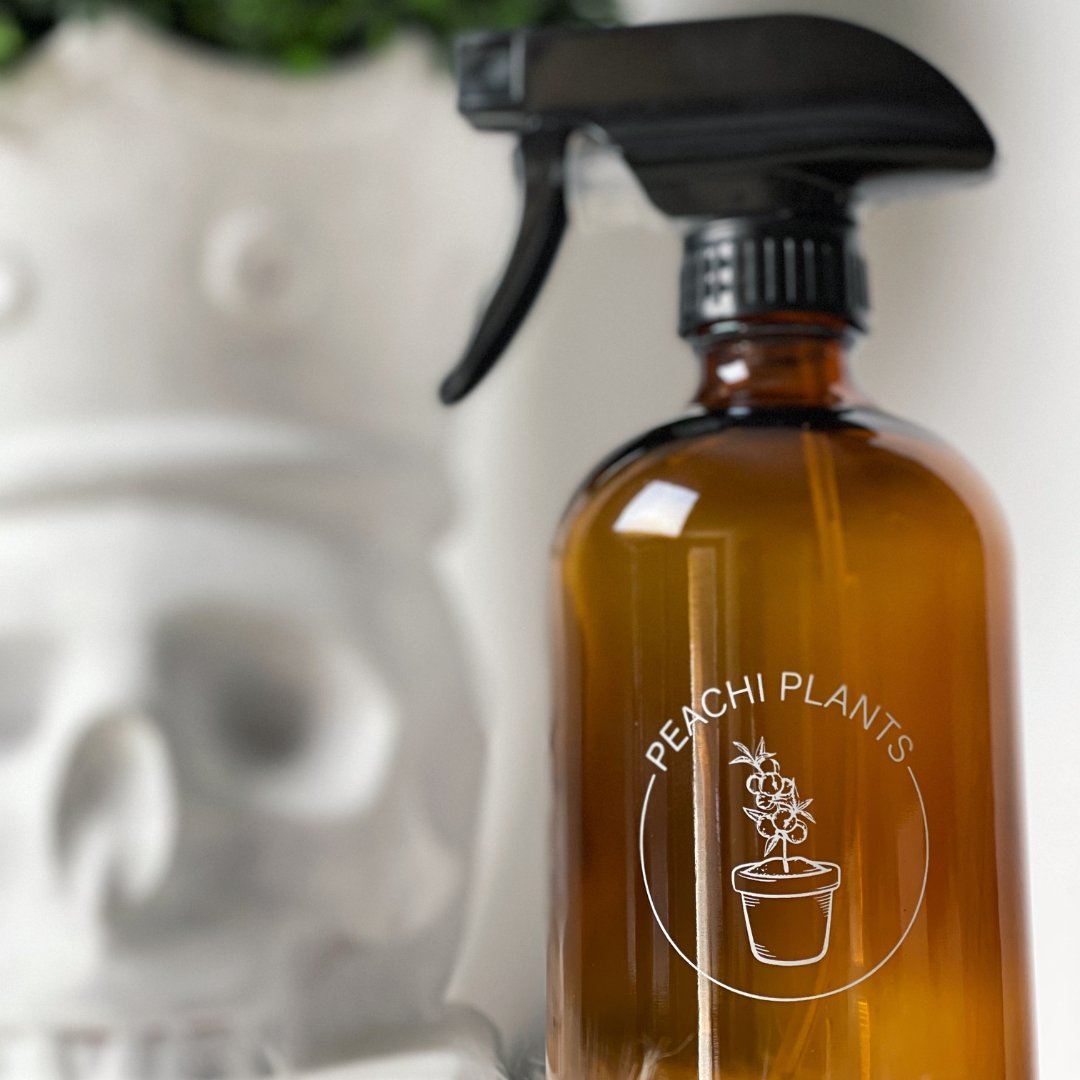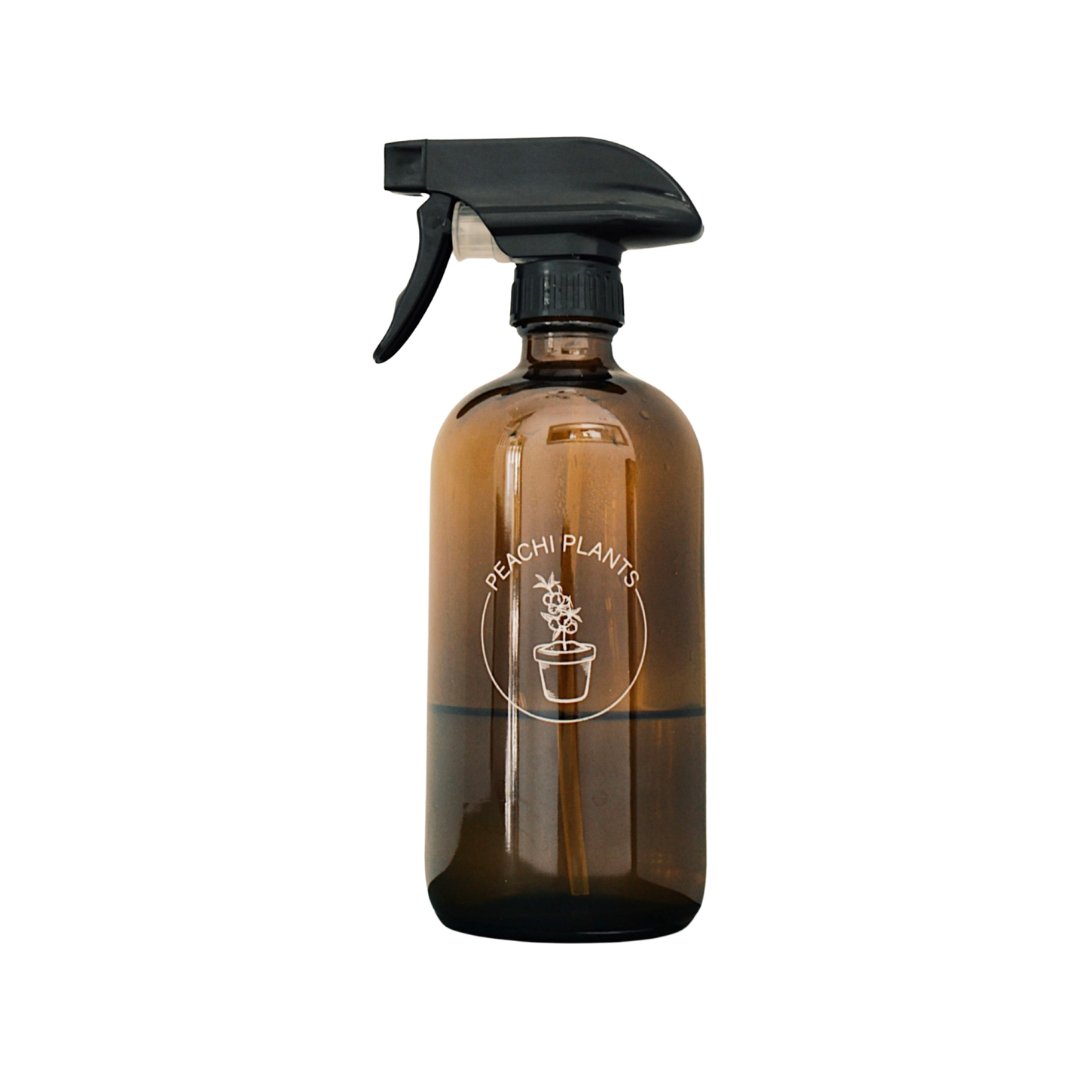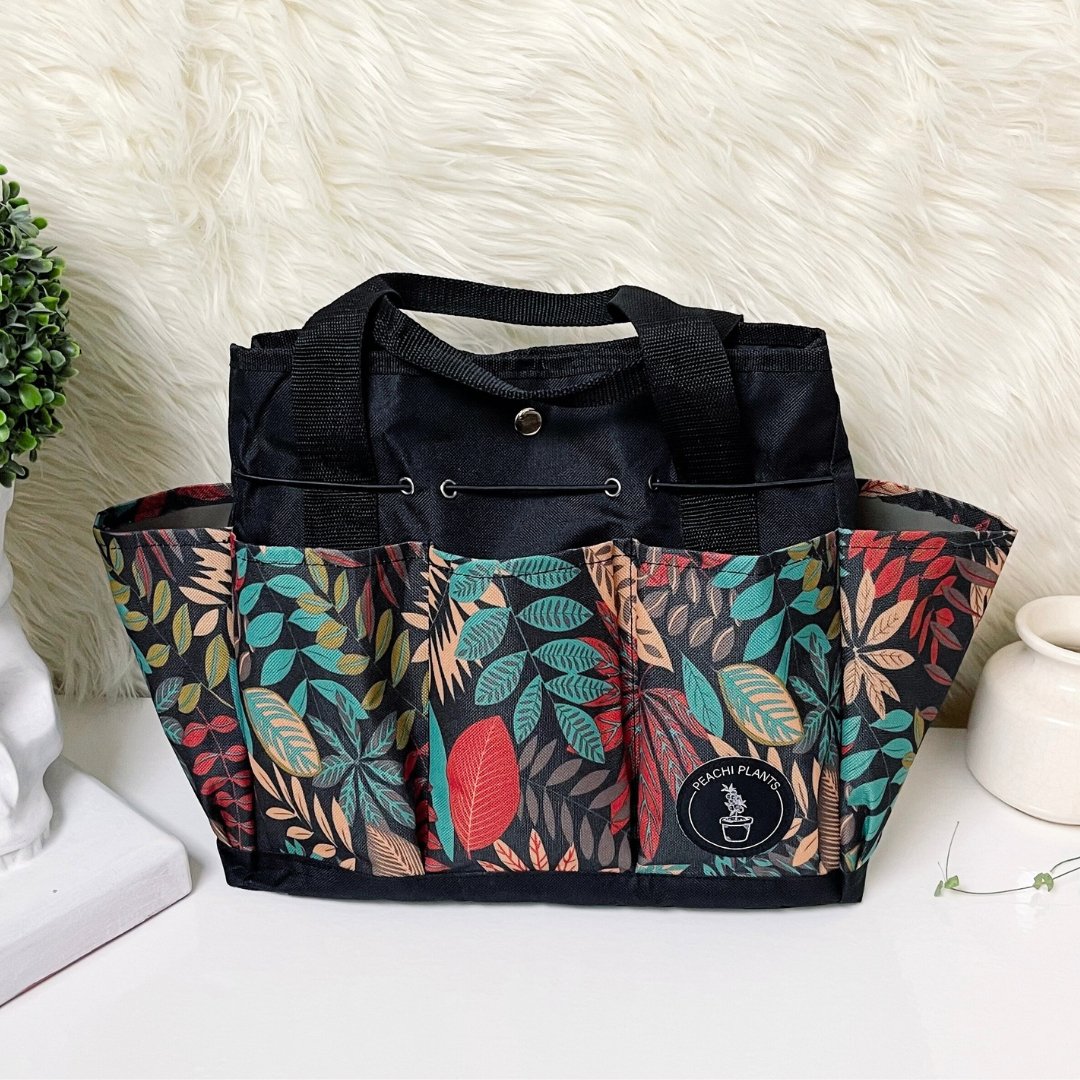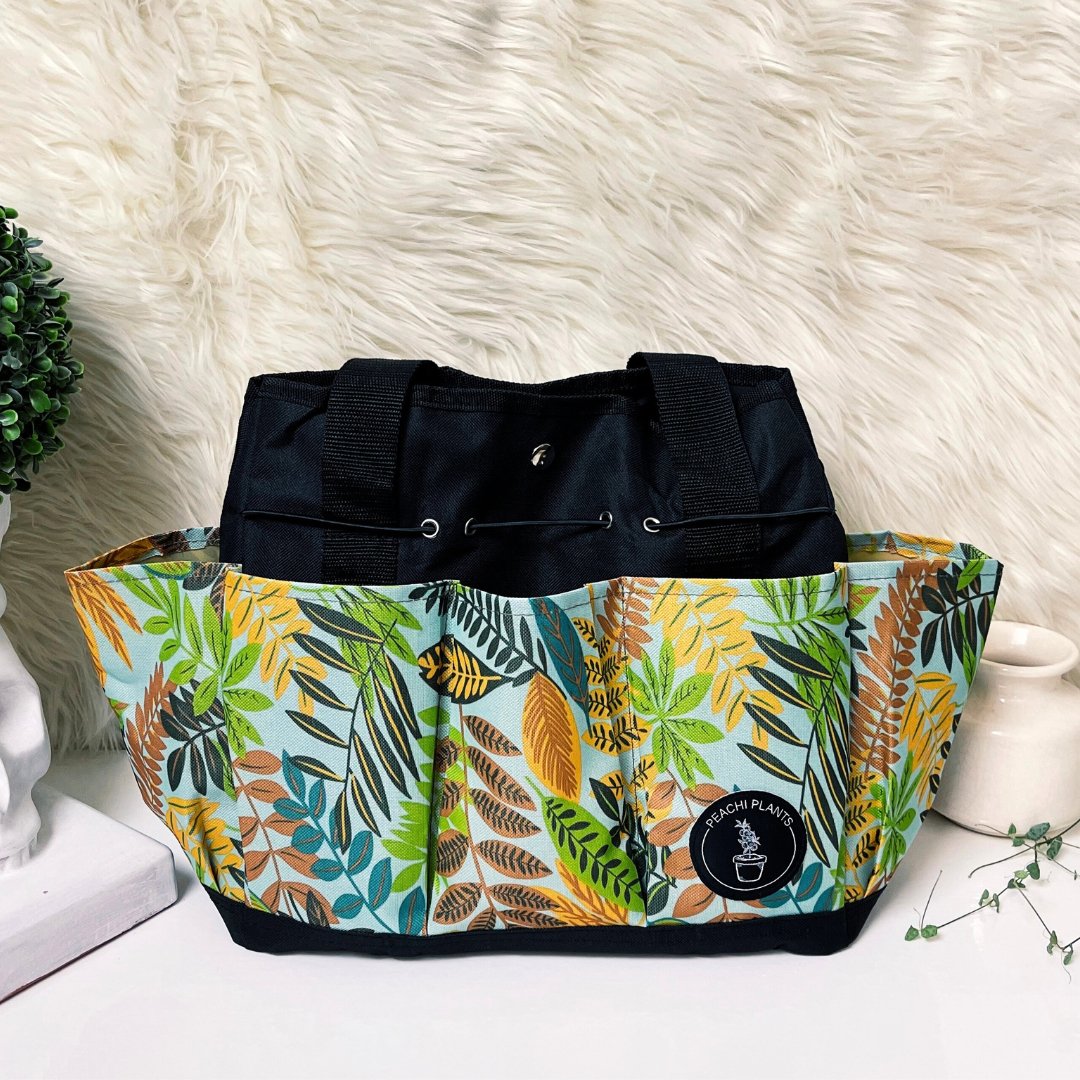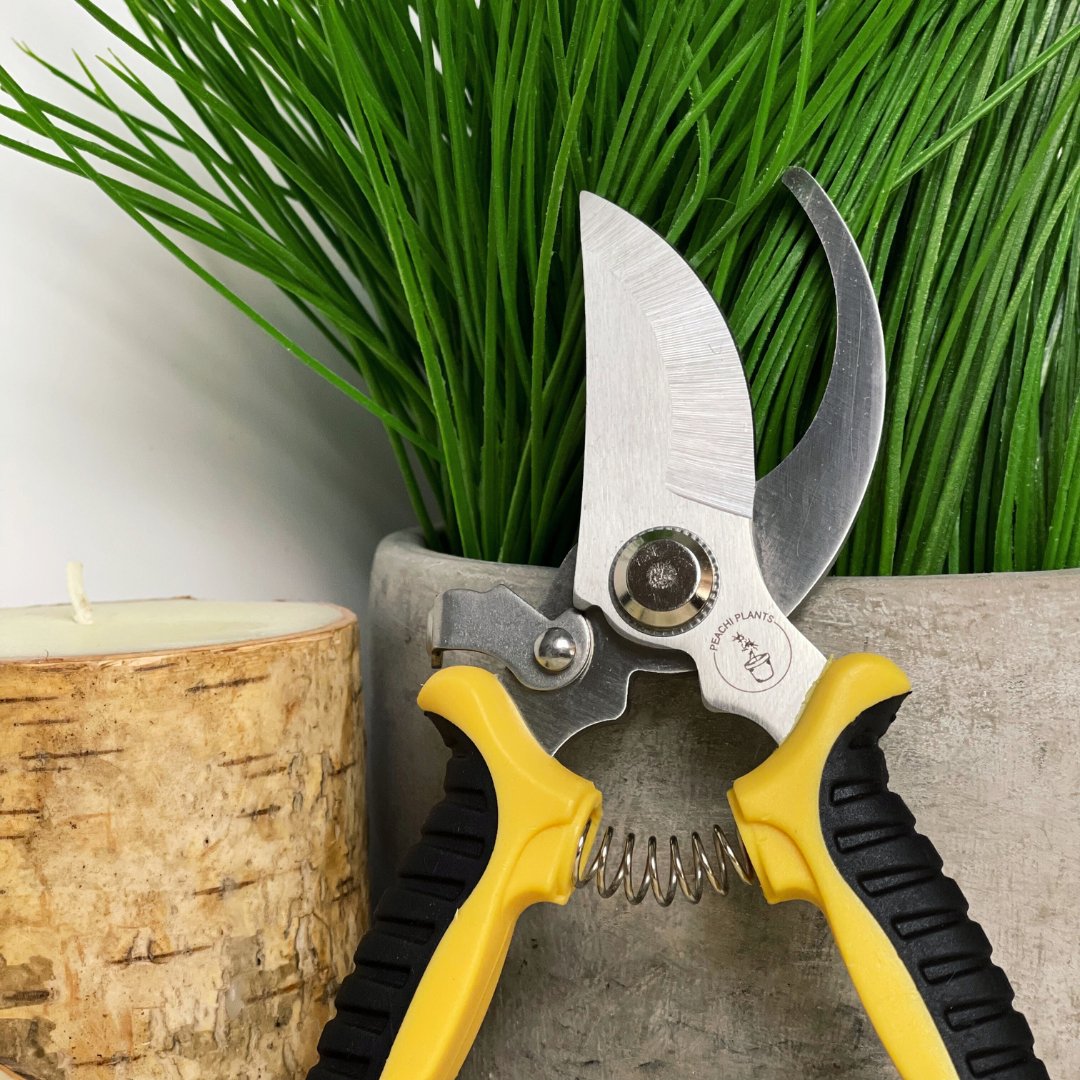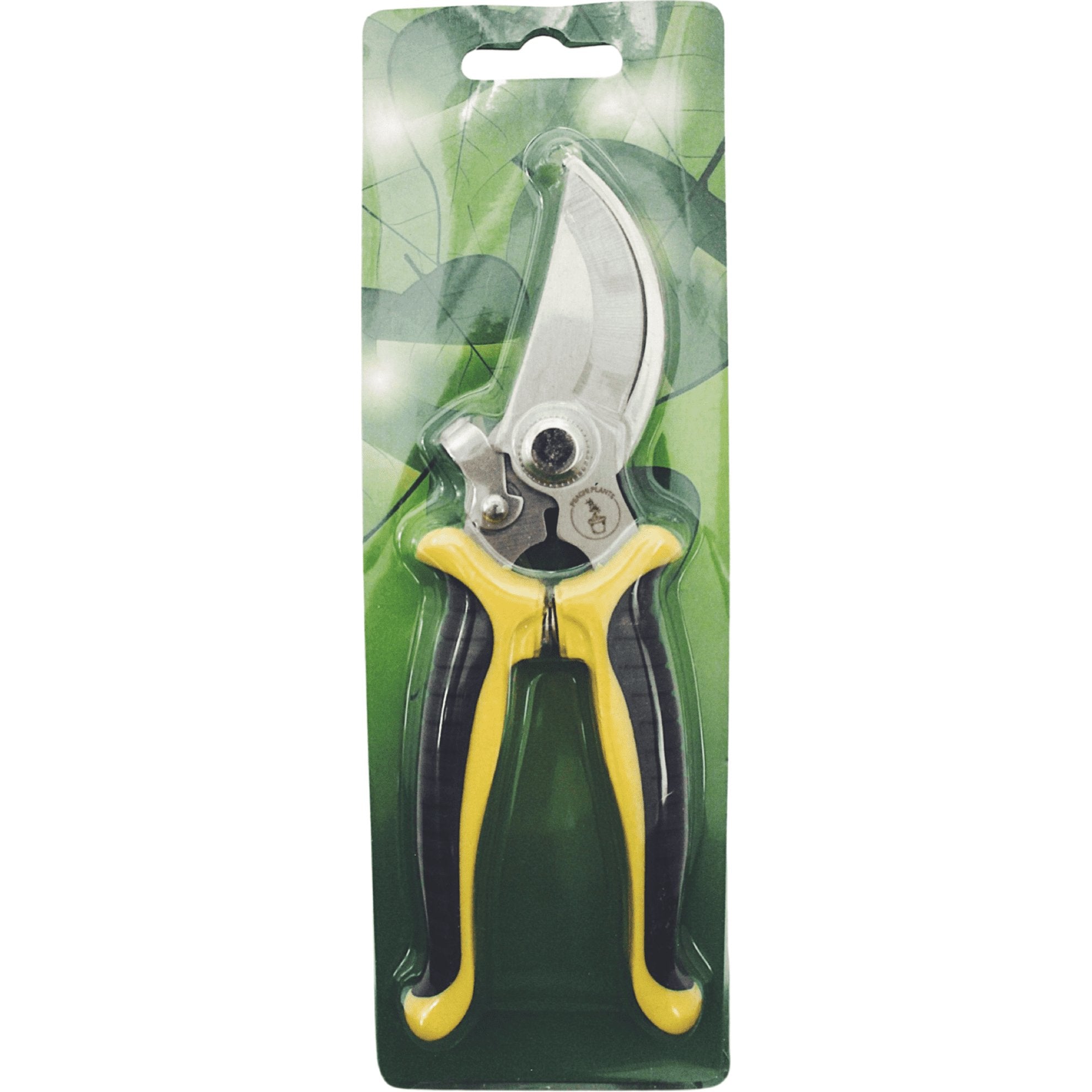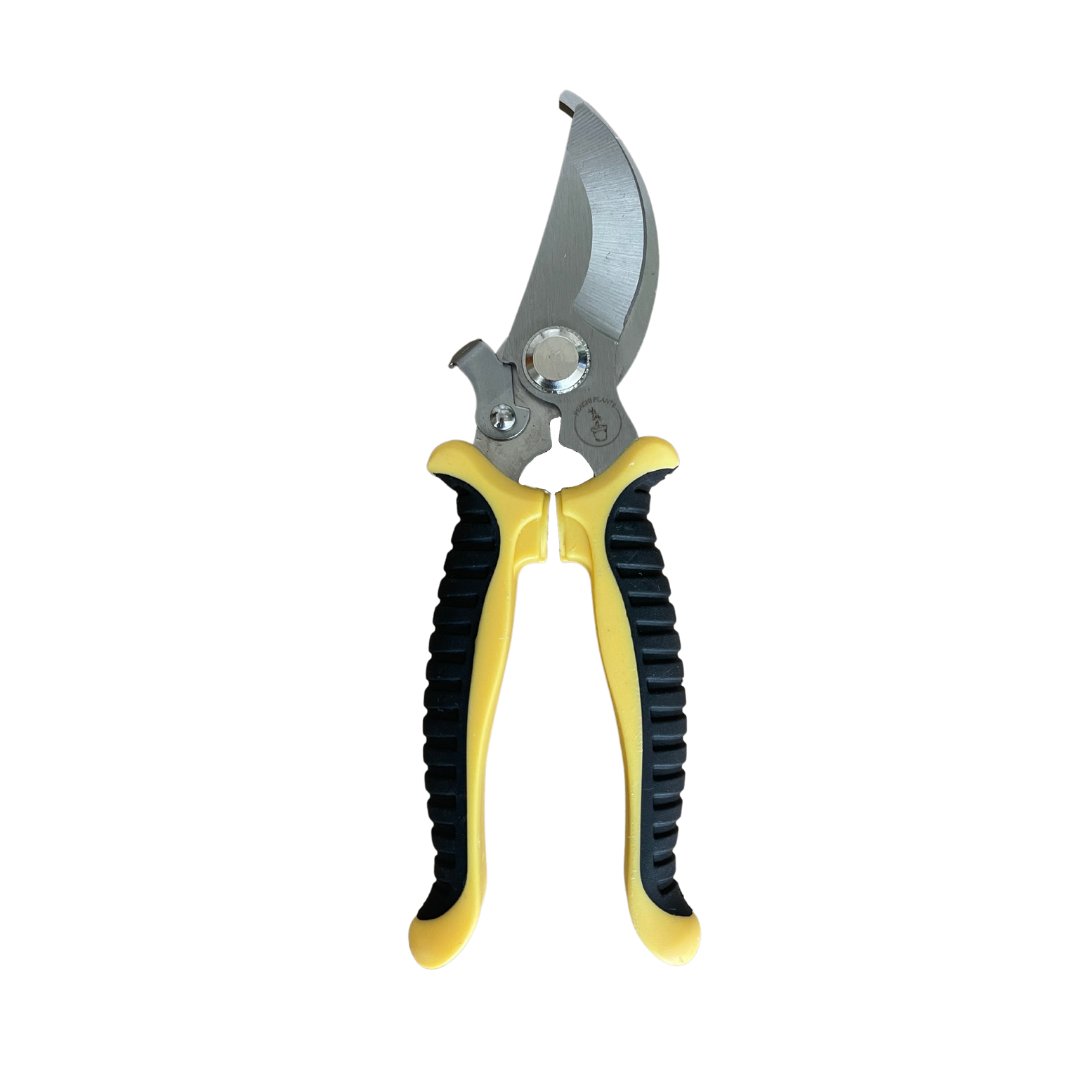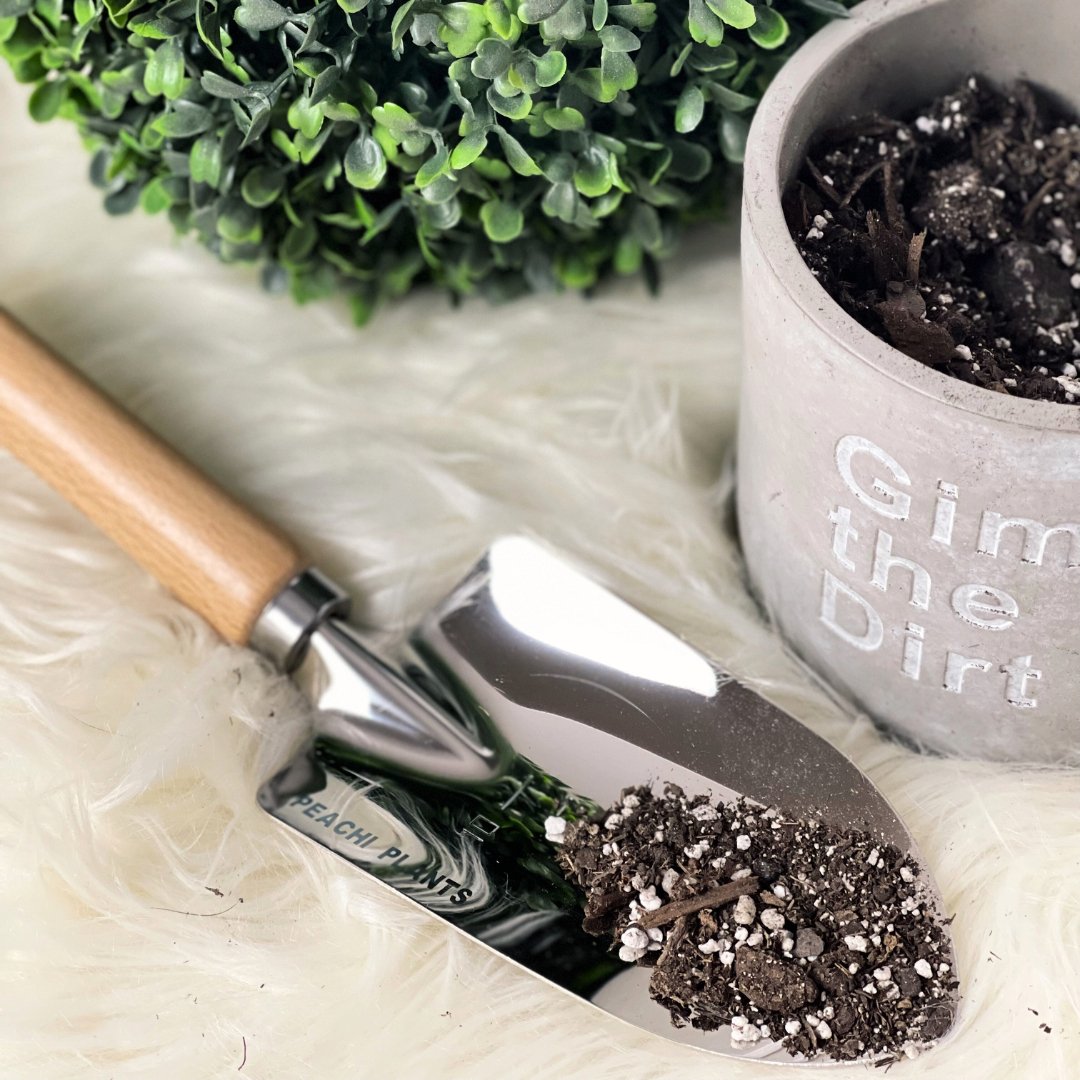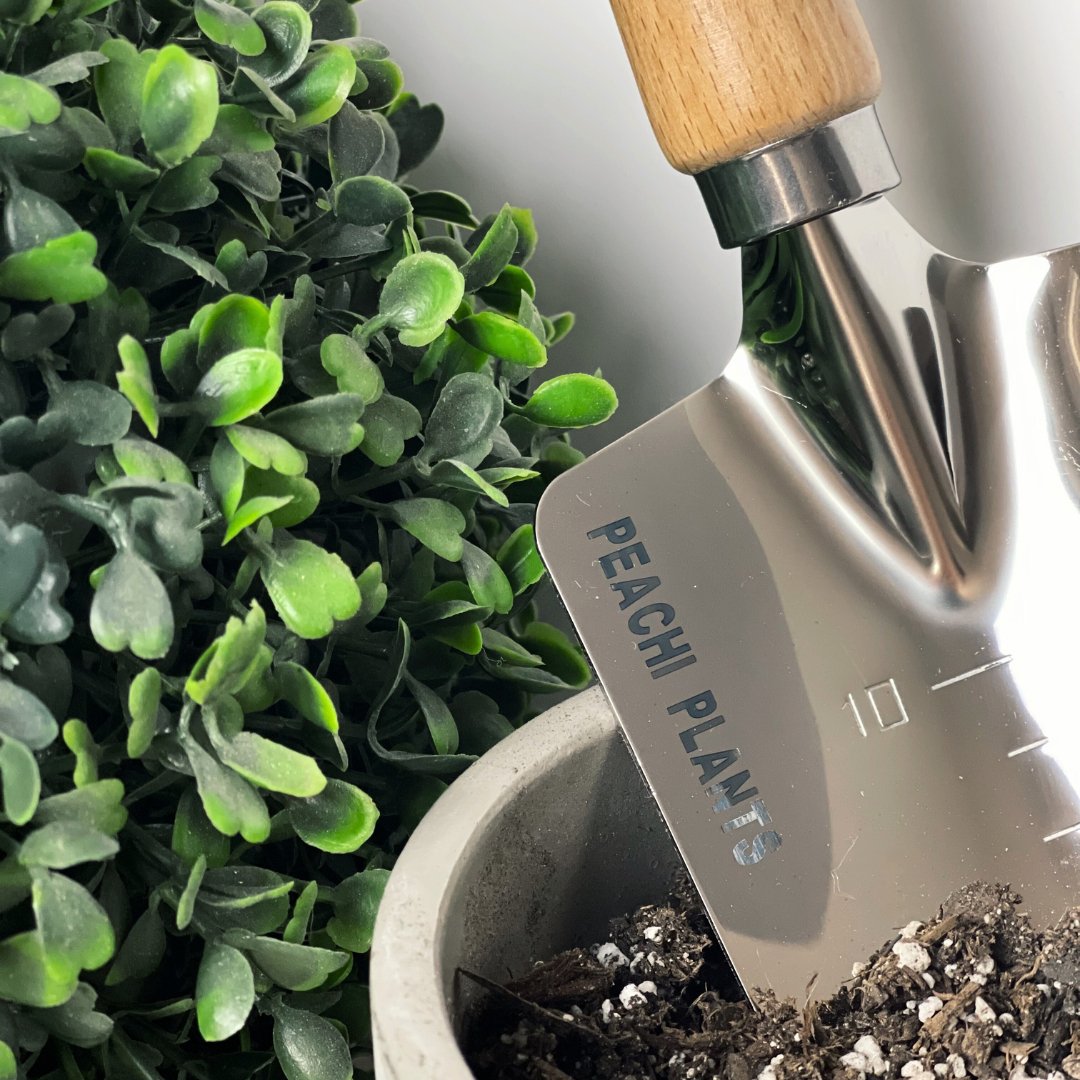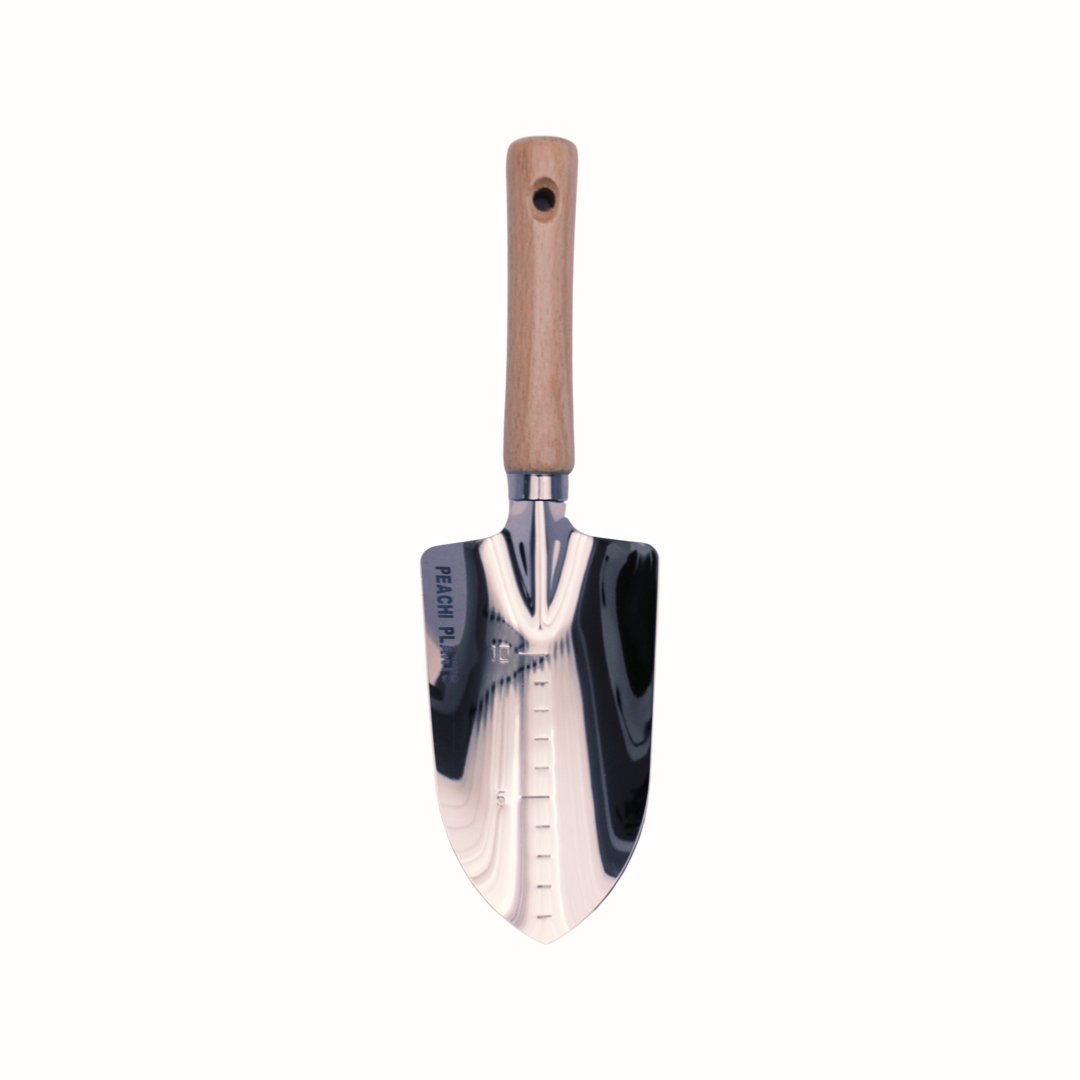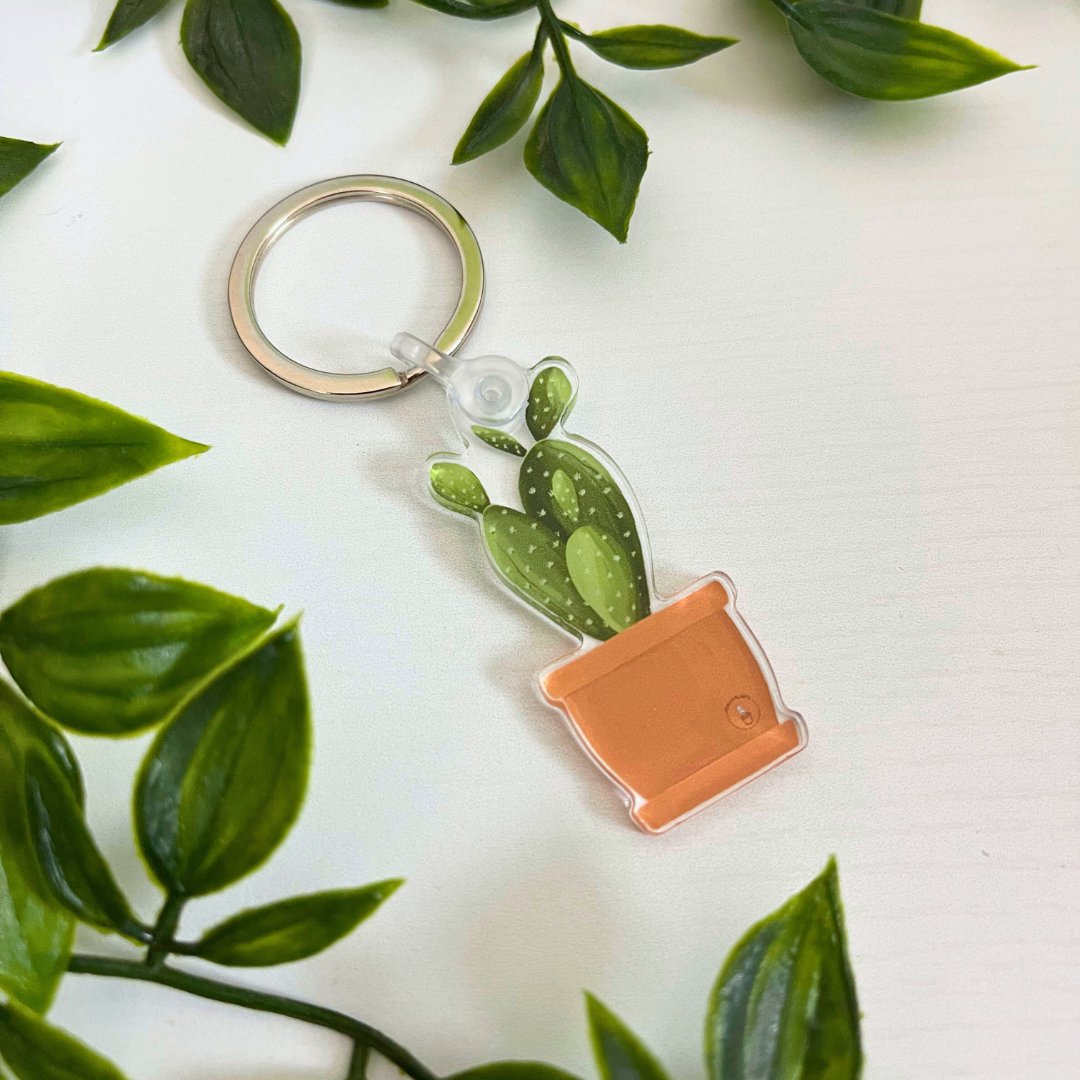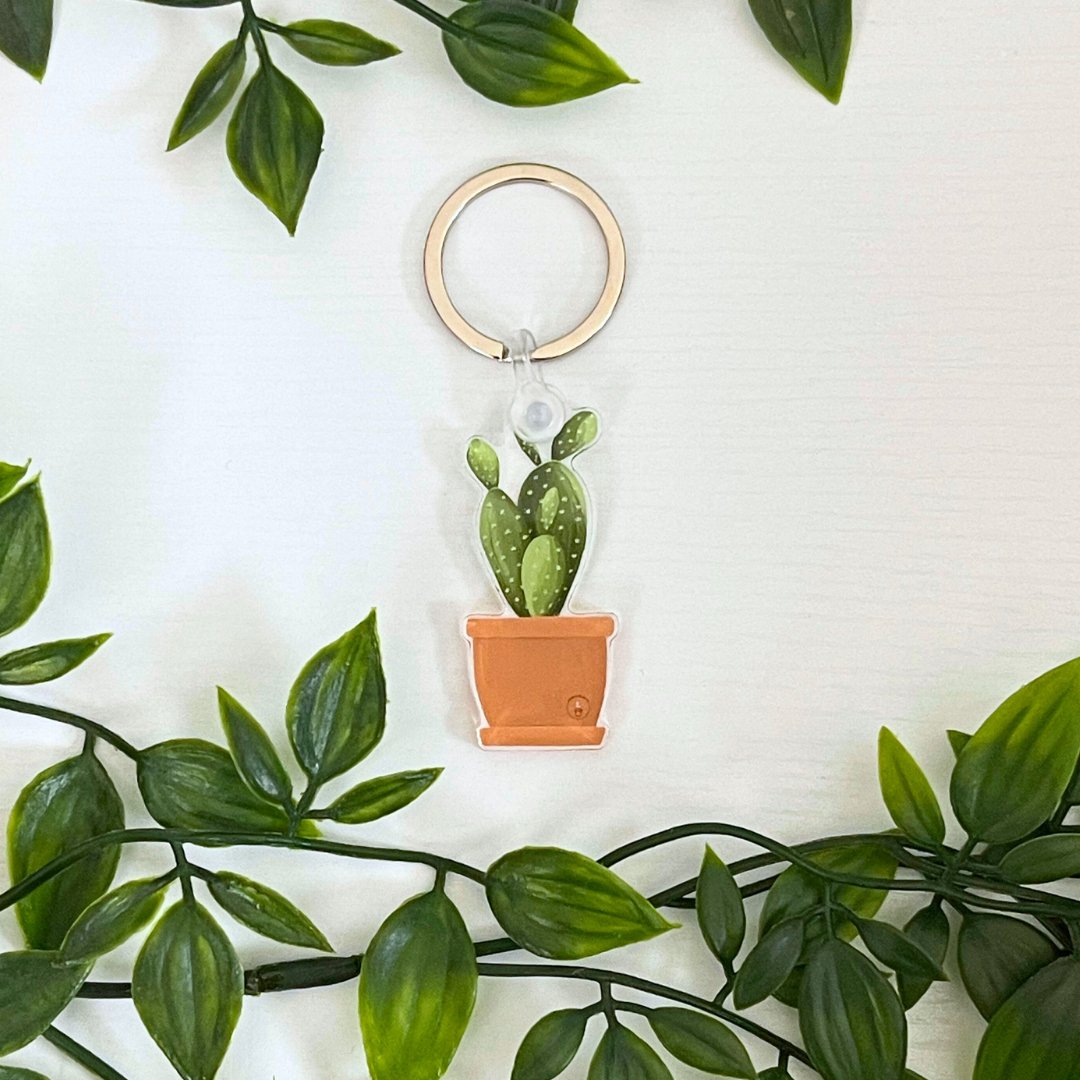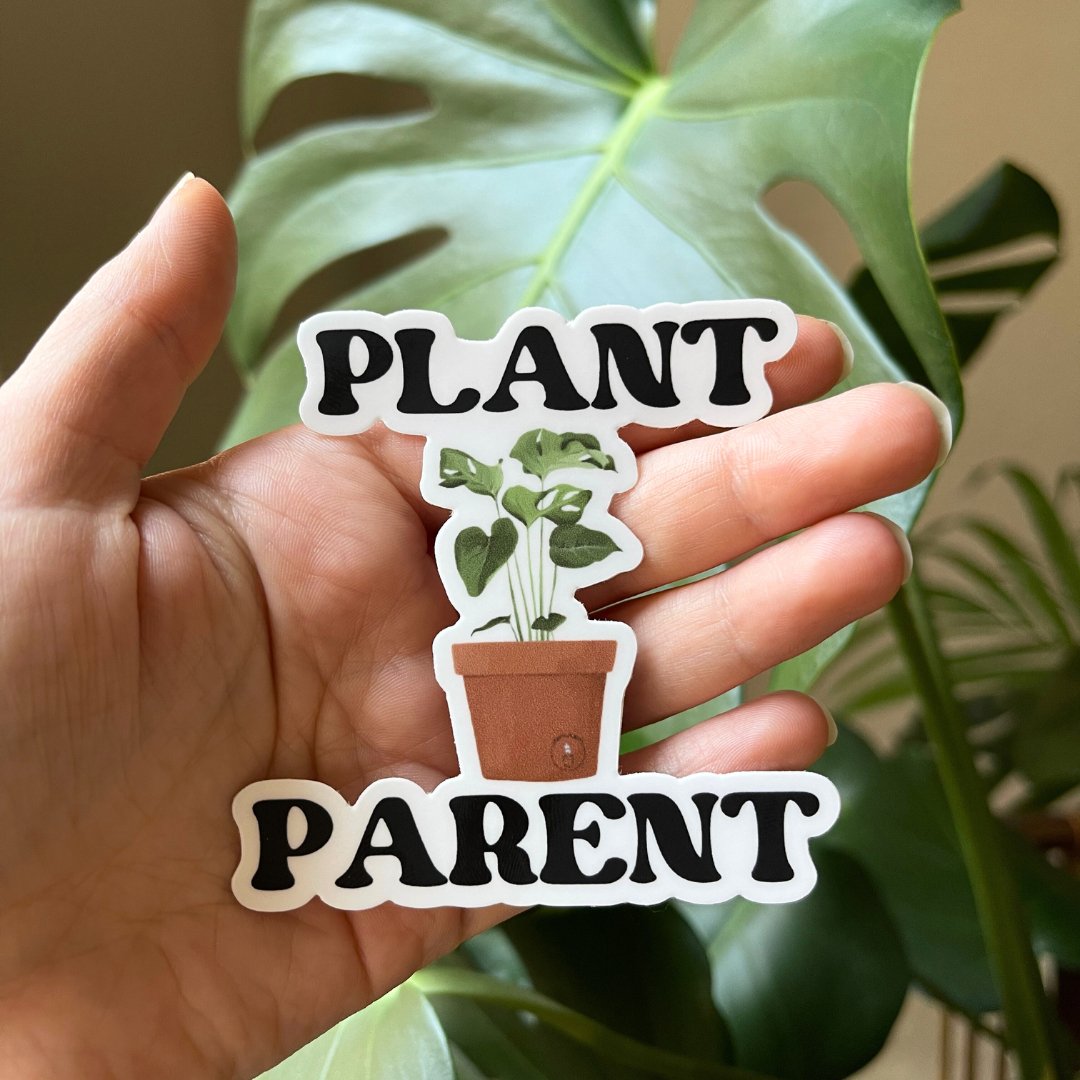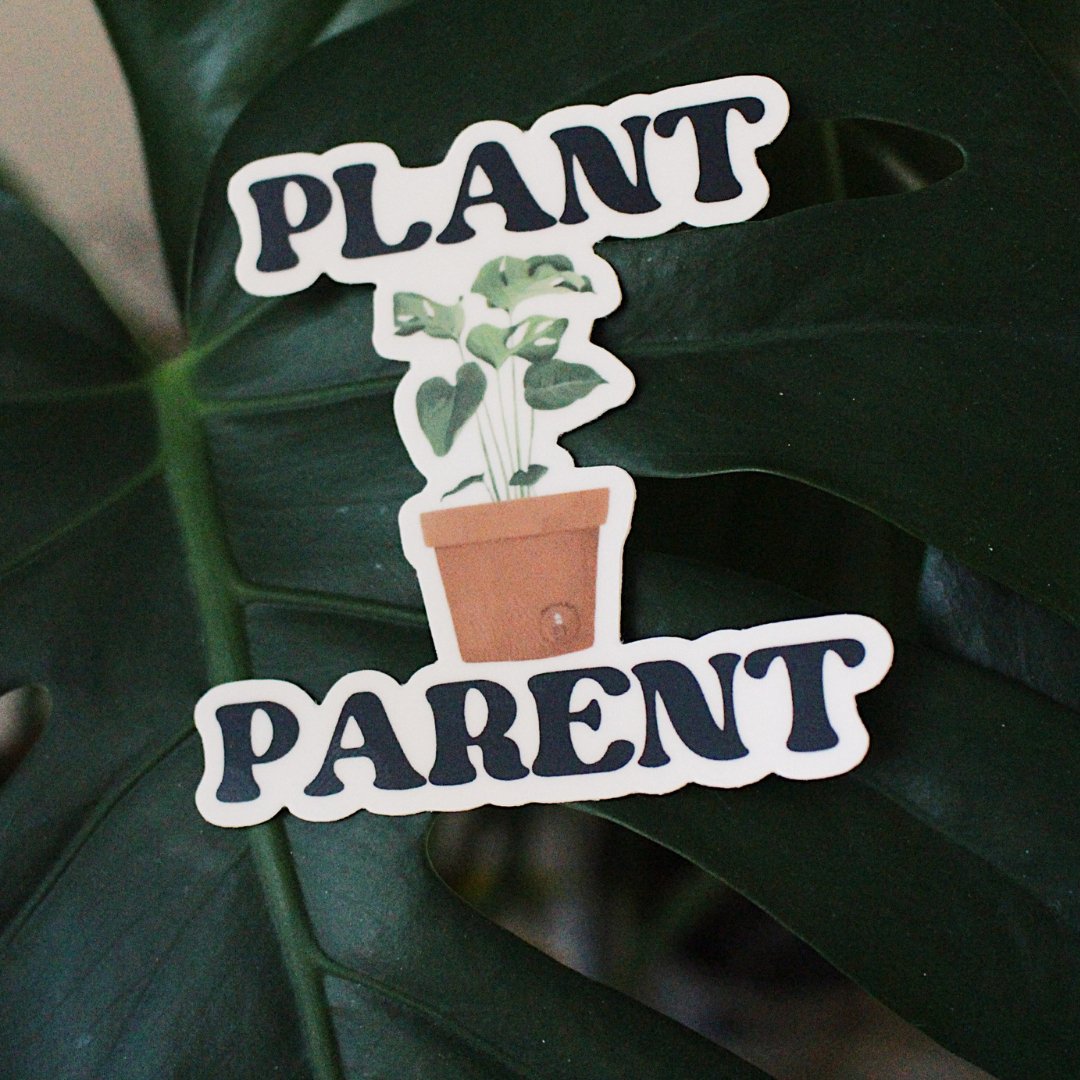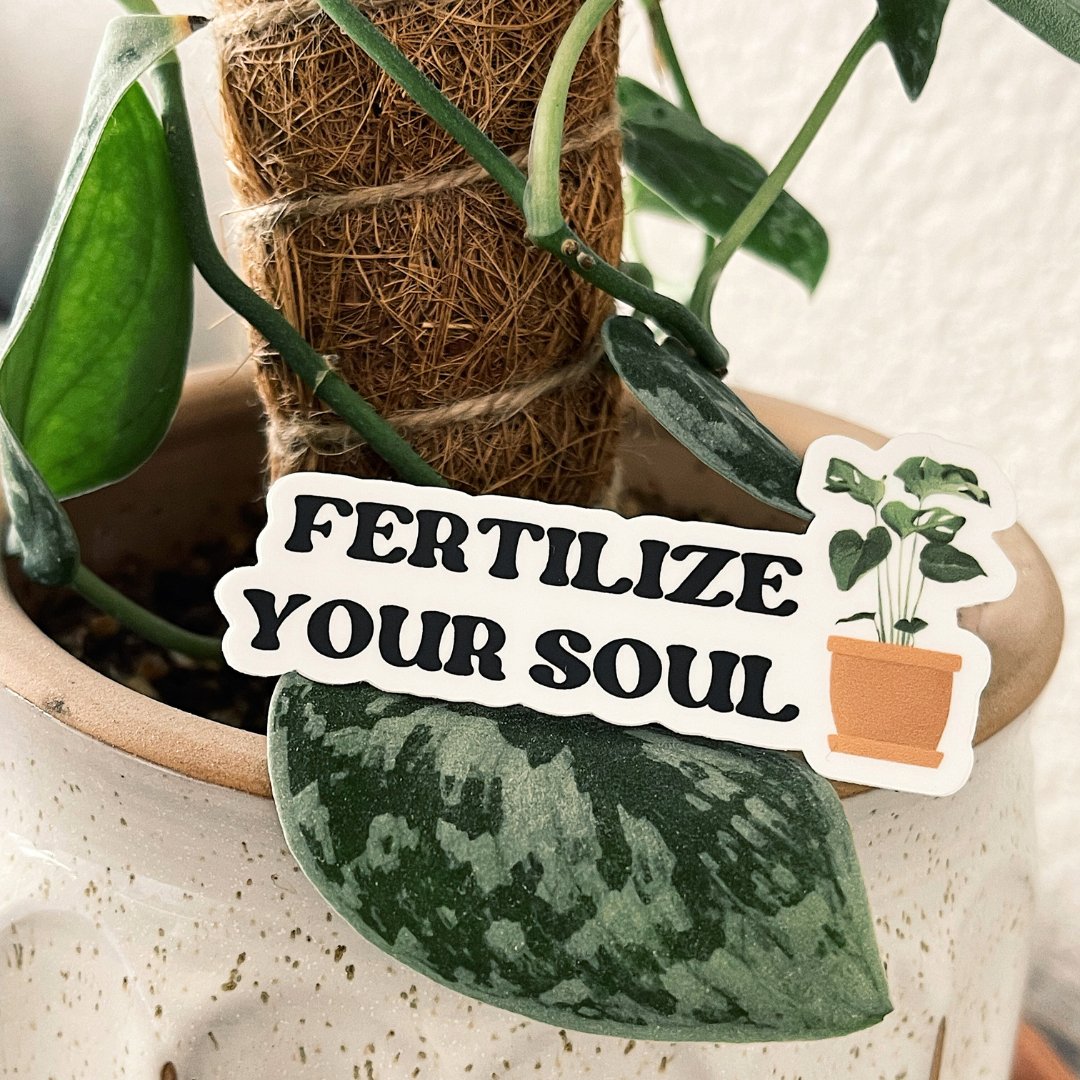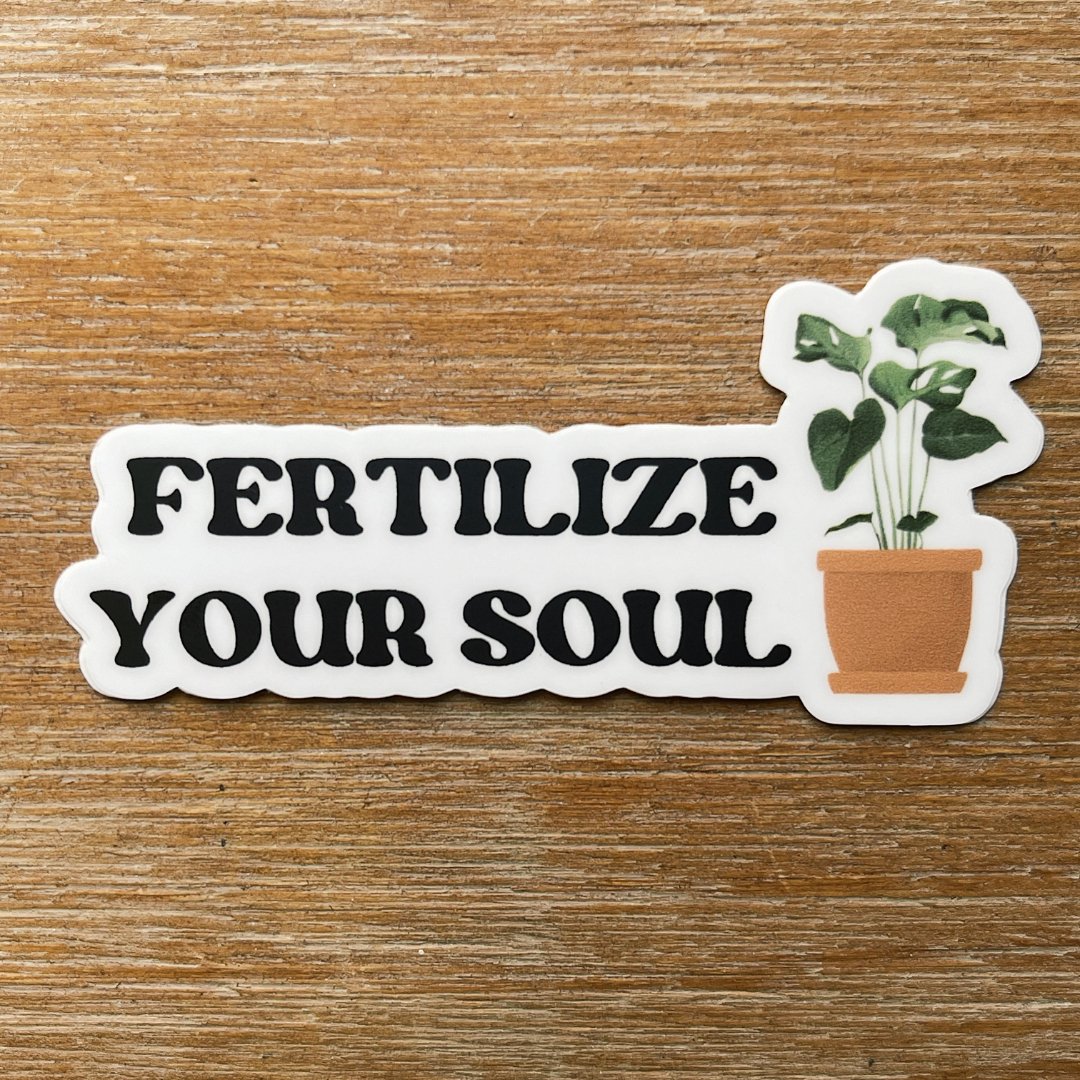Houseplants are a beautiful addition to any home. They can provide a calming and relaxing atmosphere, add color and life to your living space, and even purify the air you breathe. However, with the beauty of houseplants also comes the challenge of keeping them healthy and free of pests. One of the most common pests that affect houseplants are fungus gnats. In this blog, we will discuss what fungus gnats are, how to identify them, and effective ways to get rid of them.
What are Fungus Gnats?
Identifying Fungus Gnats

Ways to Get Rid of Fungus Gnats
There are several ways to get rid of fungus gnats in your plants. Here are some effective methods:
- Allow the soil to dry out: Fungus gnats thrive in moist soil, so allowing the soil to dry out is one of the easiest and most effective ways to get rid of them. This can be done by reducing the frequency of watering your plants, or by allowing the soil to dry out completely before watering again. A moisture meter is very helpful for checking the soil. The top few inches may be dry but the bottom of the pot could still be moist.
- Bottom watering: Fungus gnats typically lay their eggs in the top layer of soil. By bottom watering your plants, you can prevent the adult gnats from accessing the top layer of soil and laying their eggs, which will reduce the chances of a fungus gnat infestation.
- Use sticky traps: Sticky traps are an effective way to catch adult fungus gnats. These traps are designed to attract and capture flying insects, including fungus gnats. Simply place the sticky trap near your houseplant, and the gnats will be drawn to it and get stuck.
- Apply insecticidal soap: Insecticidal soap is a safe and effective way to get rid of fungus gnats. This soap is made from natural ingredients and can be applied directly to the soil of your houseplants. The soap will kill the larvae of the fungus gnat and prevent further infestation.
- Use neem oil: Neem oil is a natural insecticide that can be used to get rid of fungus gnats. Simply mix the neem oil with water and apply it to the soil of your houseplants. The neem oil will kill the larvae of the fungus gnat and prevent further infestation.
- Diatomaceous Earth: Diatomaceous earth is a natural substance that can be sprinkled on the soil surface to get rid of fungus gnats. It works by drying out the larvae and preventing them from developing into adults.
- Use hydrogen peroxide: Hydrogen peroxide is a natural and effective way to kill fungus gnats and their larvae. Mix one part hydrogen peroxide with four parts water and apply it to the soil of your houseplants. The hydrogen peroxide will kill the larvae of the fungus gnat and prevent further infestation.
- Mosquito bits: Mosquito bits are a natural and safe way to get rid of fungus gnats. These small pellets contain a naturally occurring bacteria called Bacillus thuringiensis israelensis (Bti), which is toxic to mosquito larvae and other insect larvae, including fungus gnat larvae. Simply sprinkle the pellets on the soil surface of your plants, and water them as usual. You can add them to your watering can as well. Mosquito bits can provide up to 30 days of protection.
- Soil Replacement: If the infestation is severe, you may need to replace the soil in your plants. Remove the plant from the pot, clean the roots, and replace the soil with fresh, sterilized soil.
- Quarantining new plants: The most important step for gnat prevention is quarantining new plants that you bring home. The chances of it already having gnats is very high since it was around a lot of other plants at the nursery. I like to rinse off new plants and spray them with a neem oil mixture. I then place them in a bathroom with a sticky trap for at least two weeks. The reason for that timeframe is because gnat eggs can take up to two weeks to hatch.
